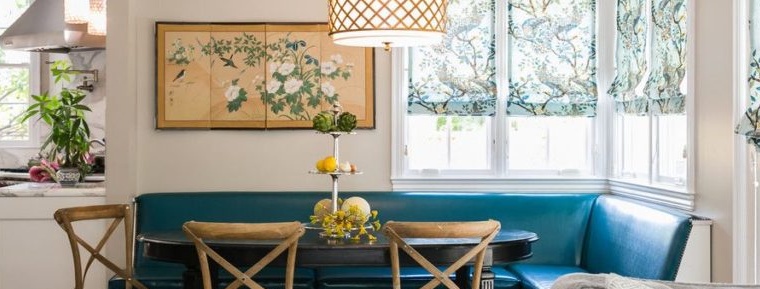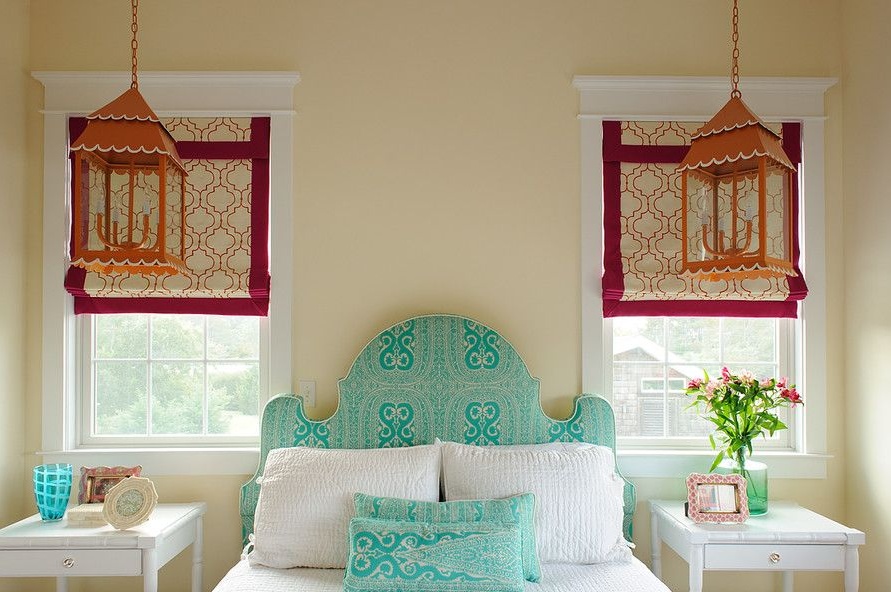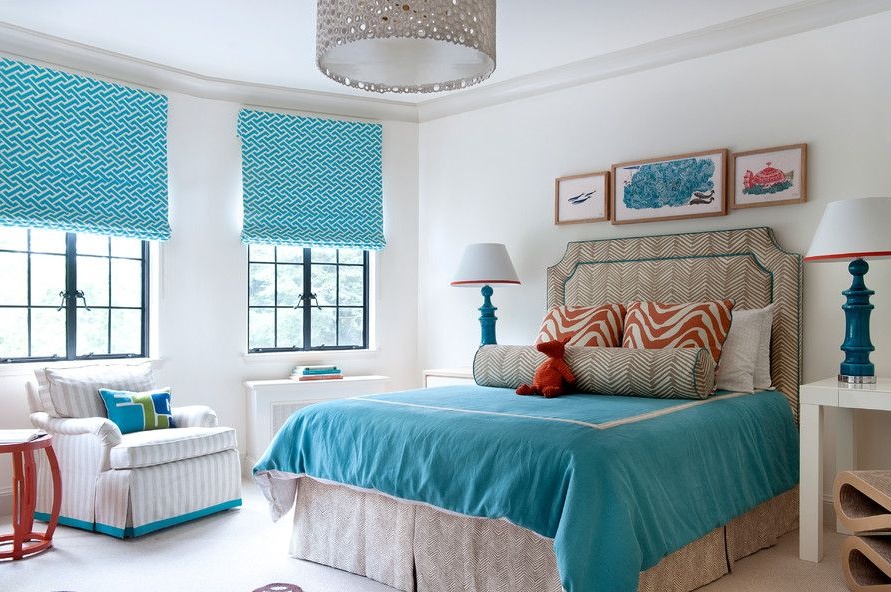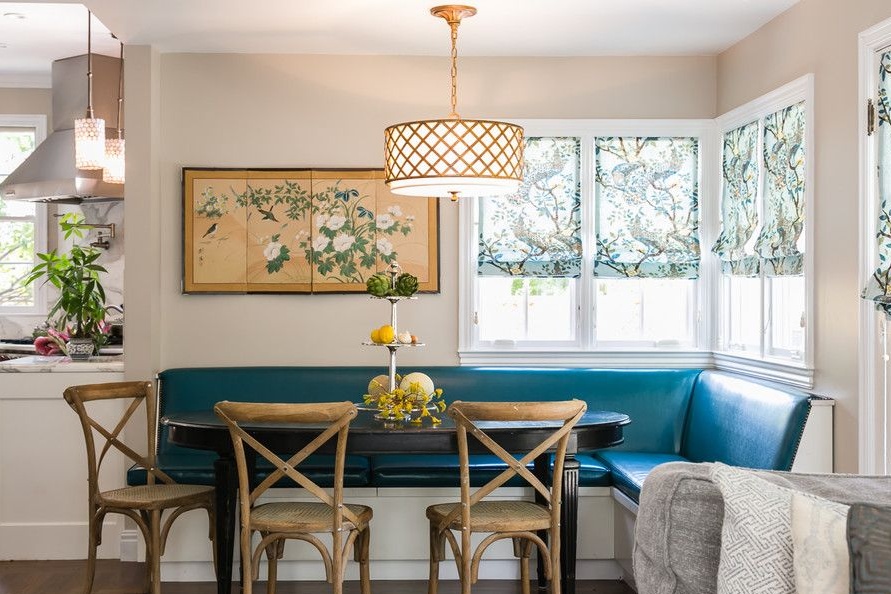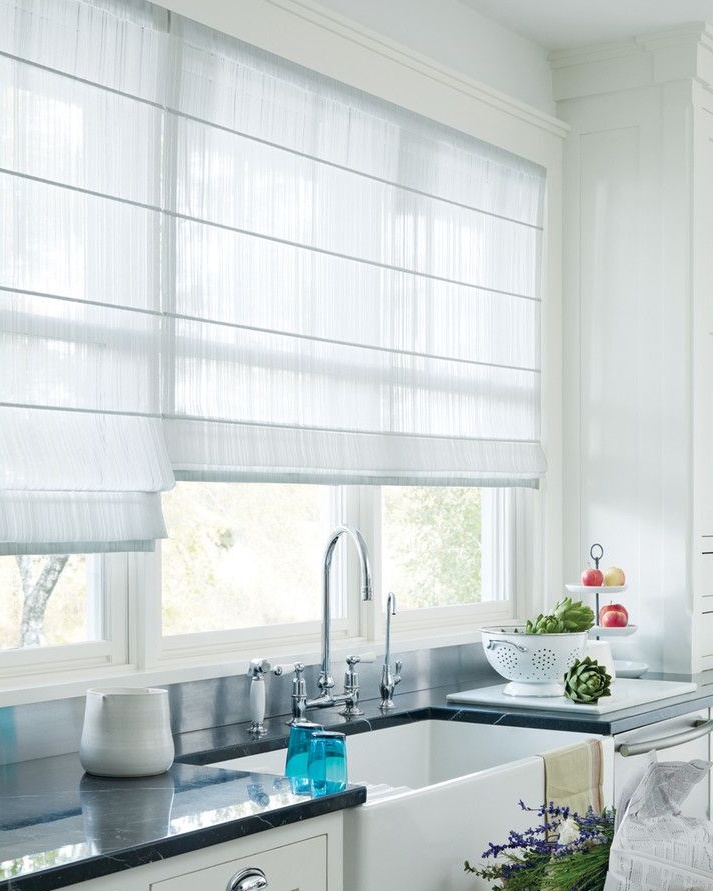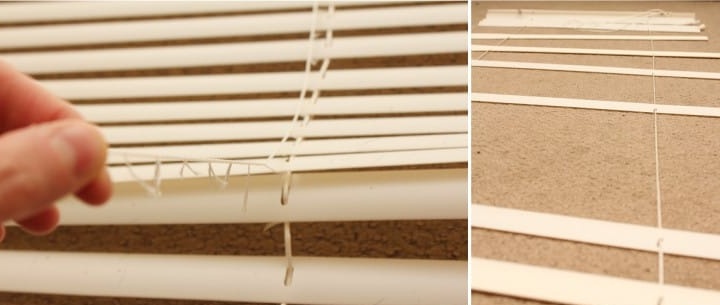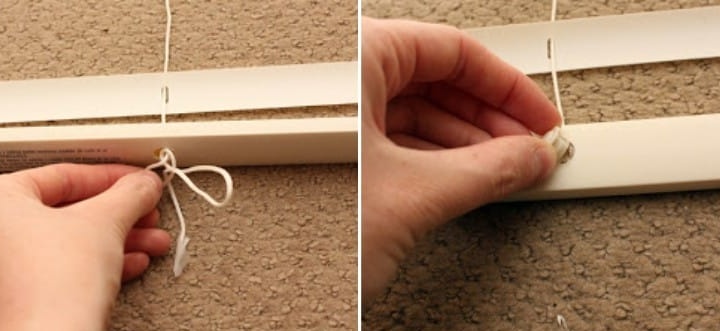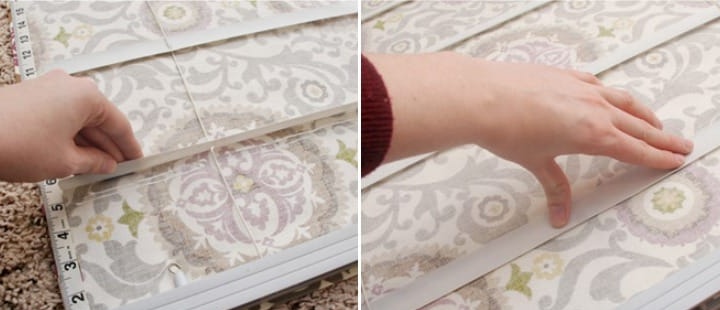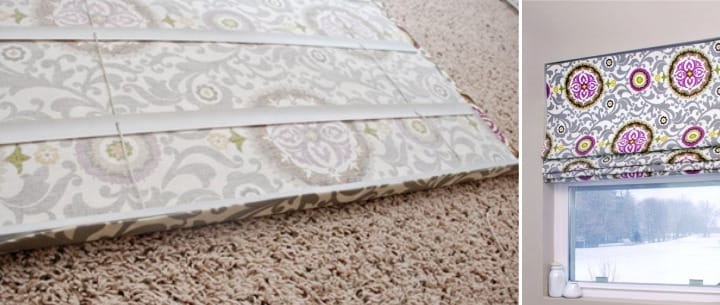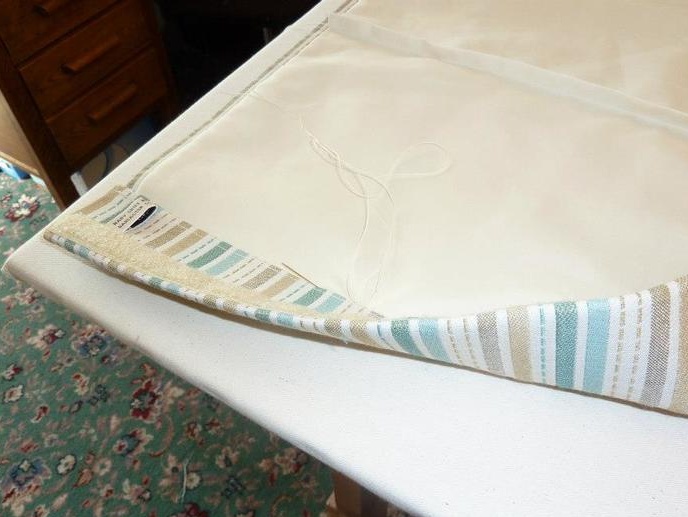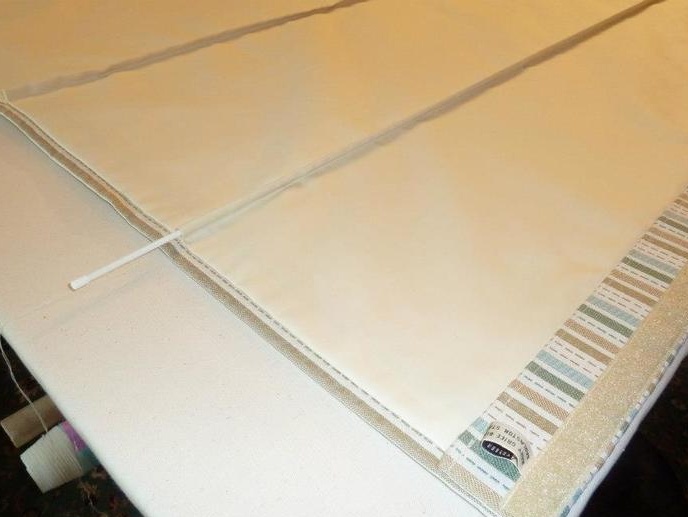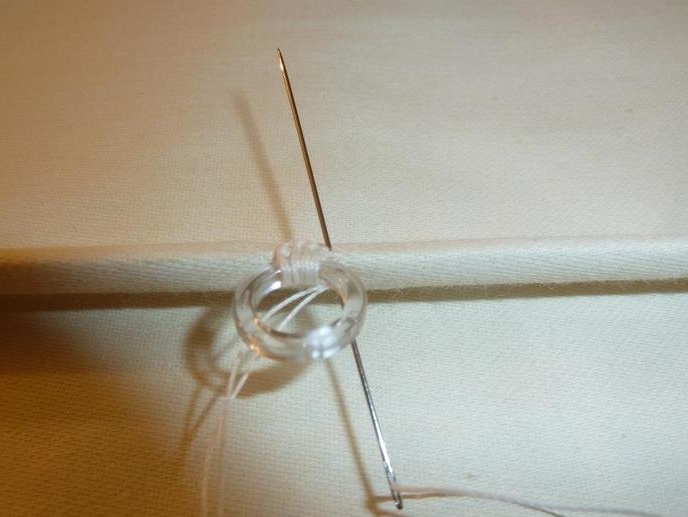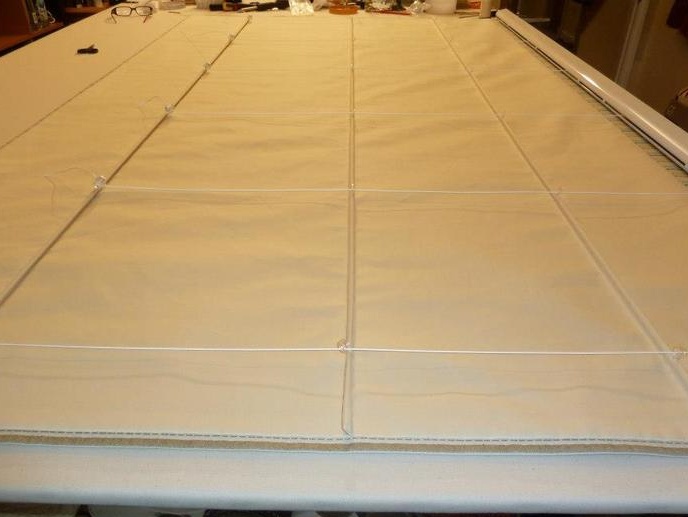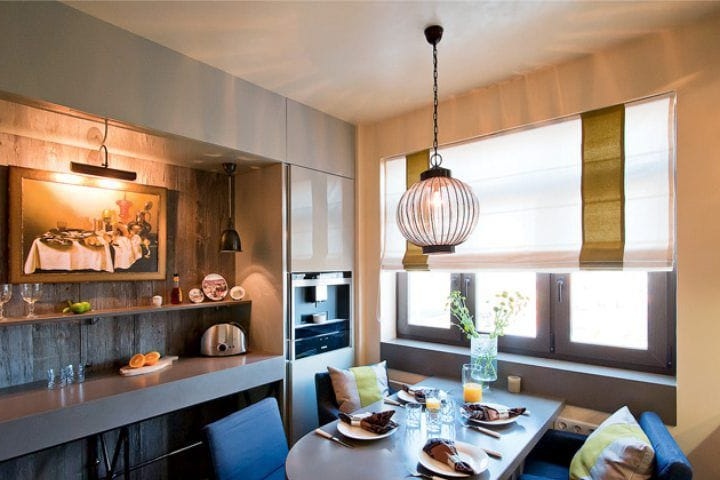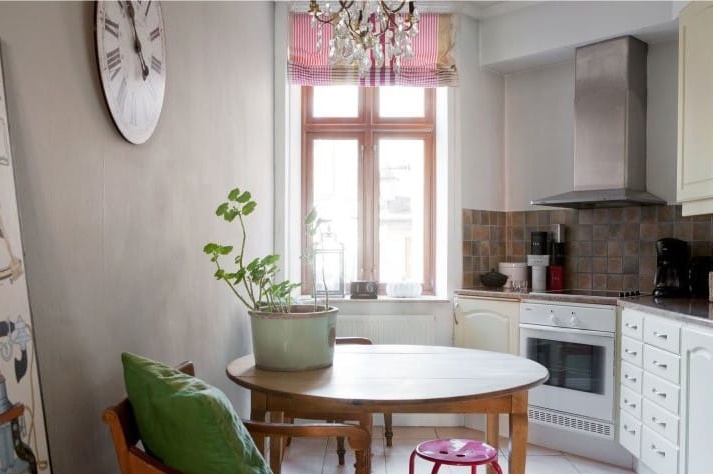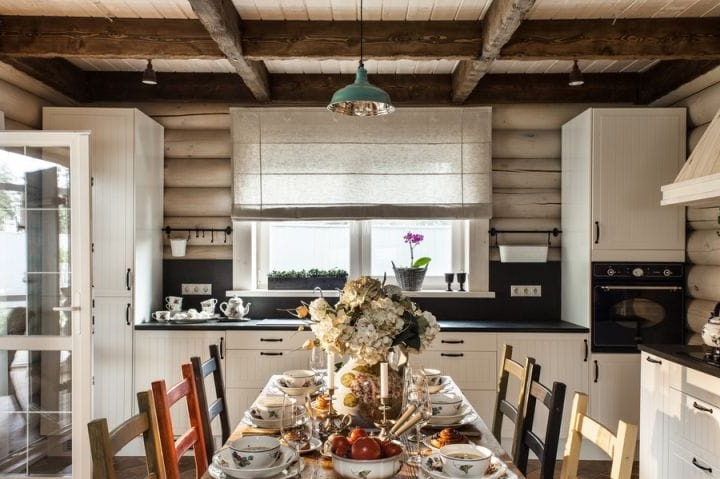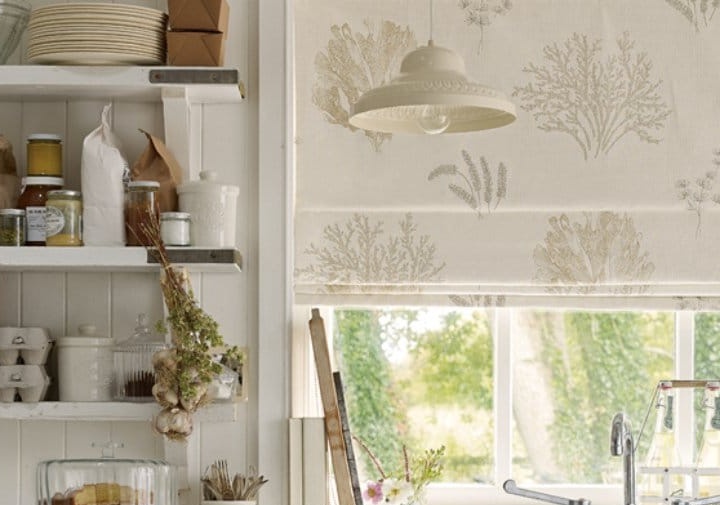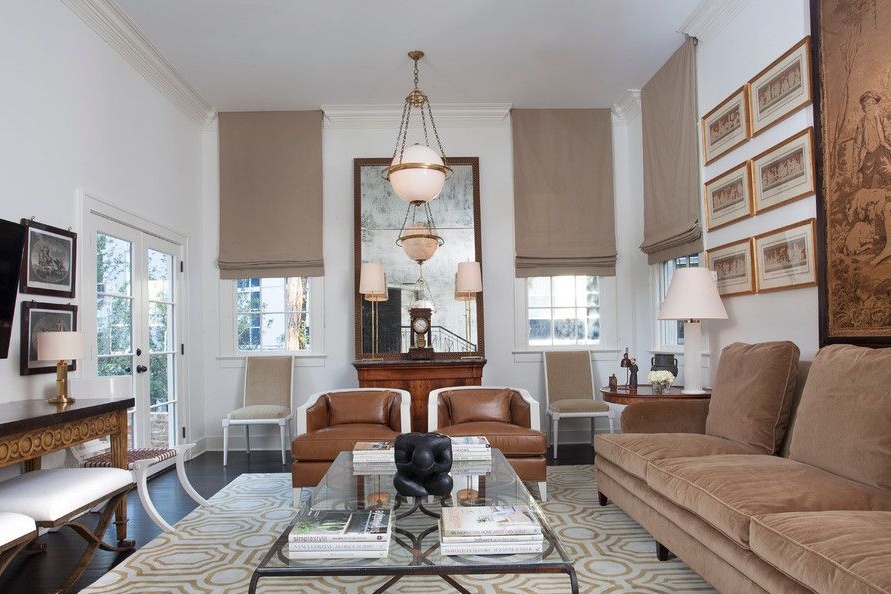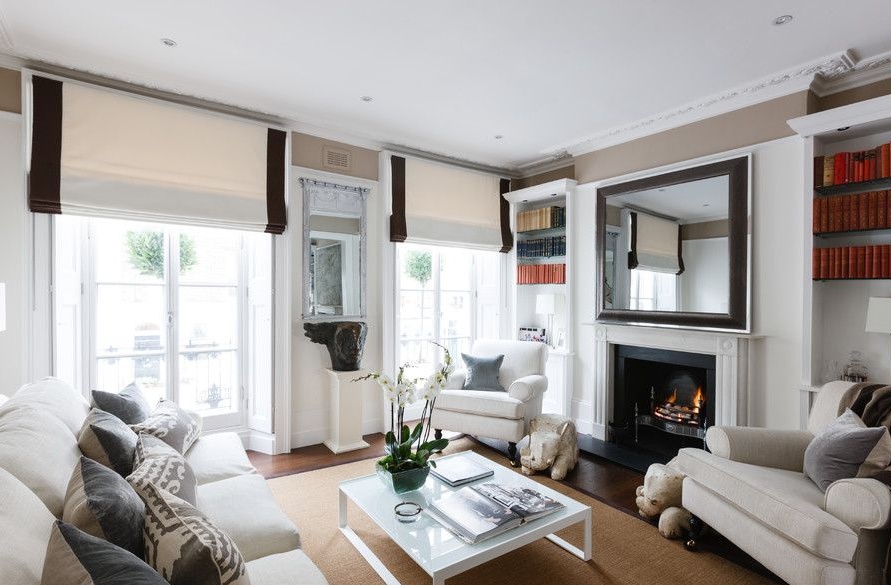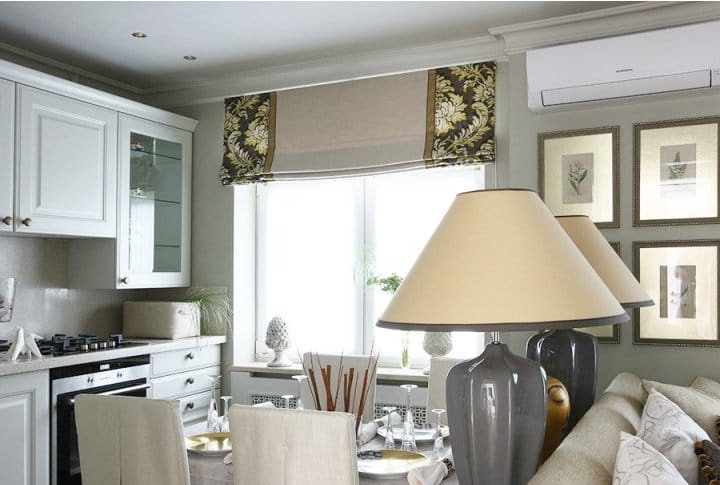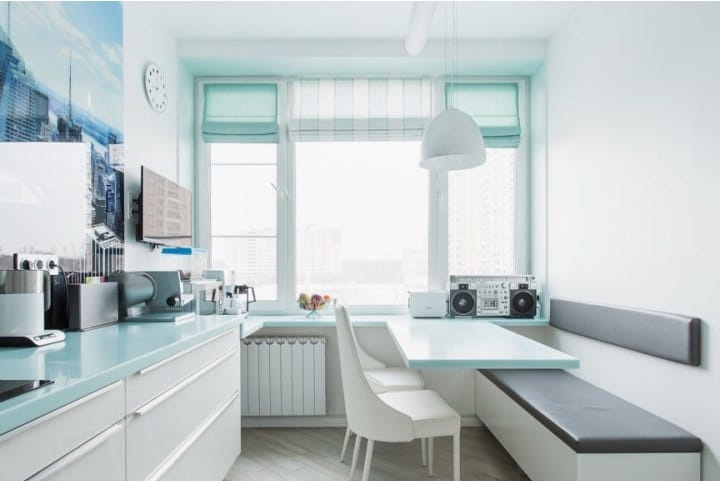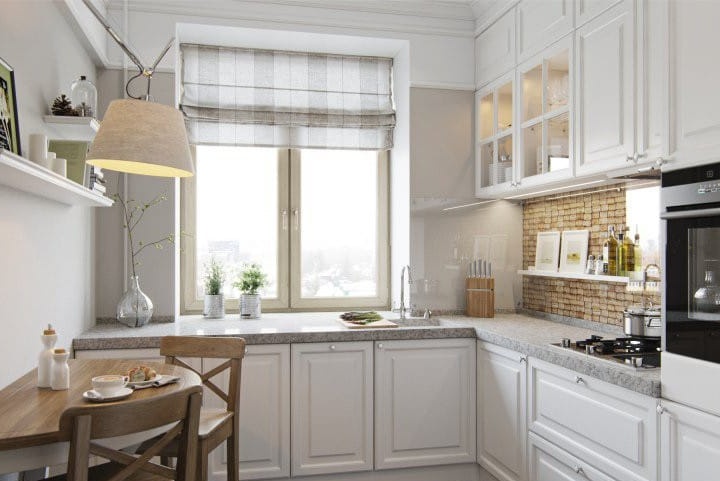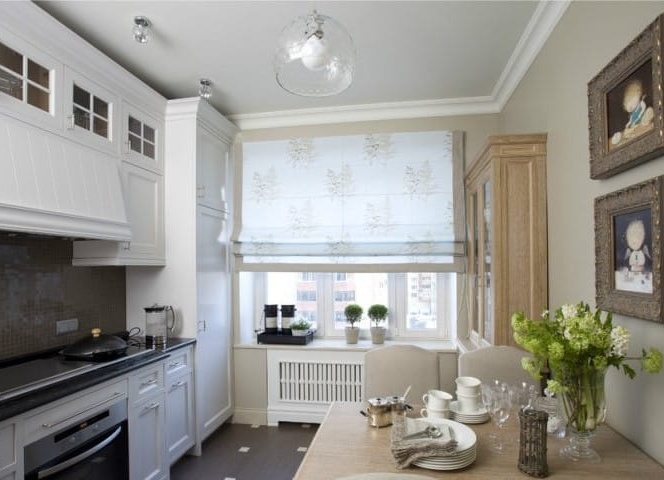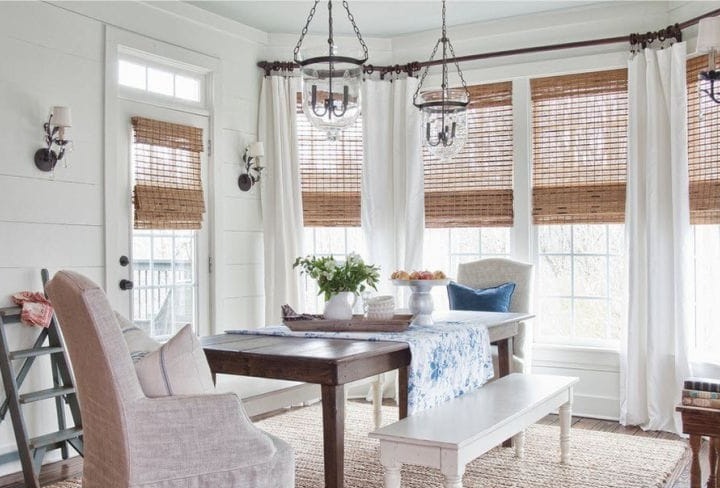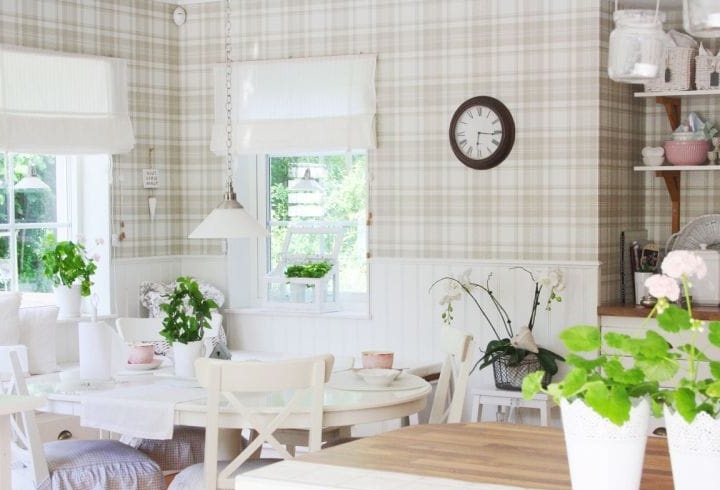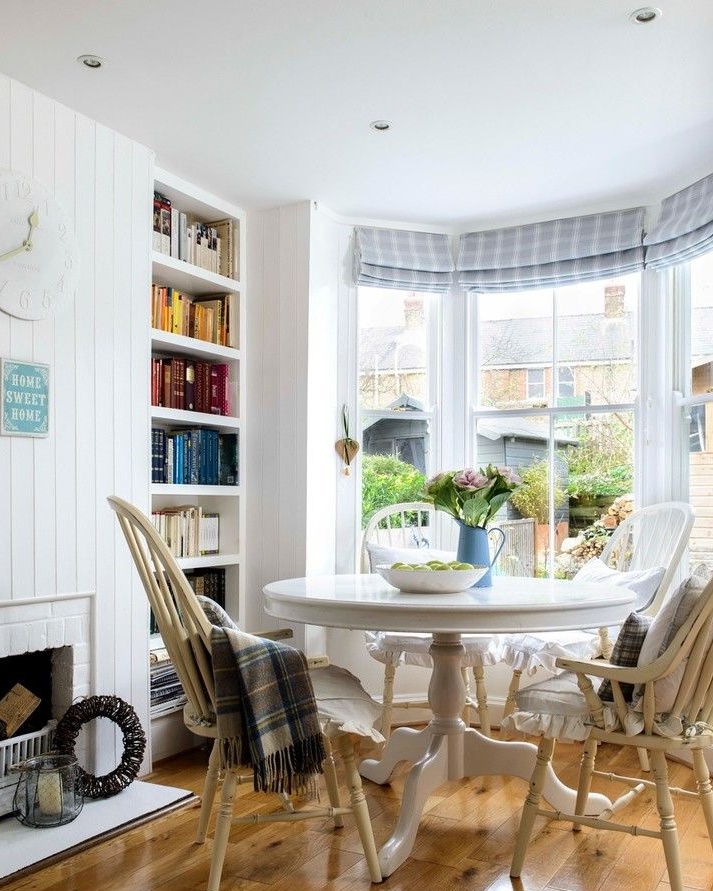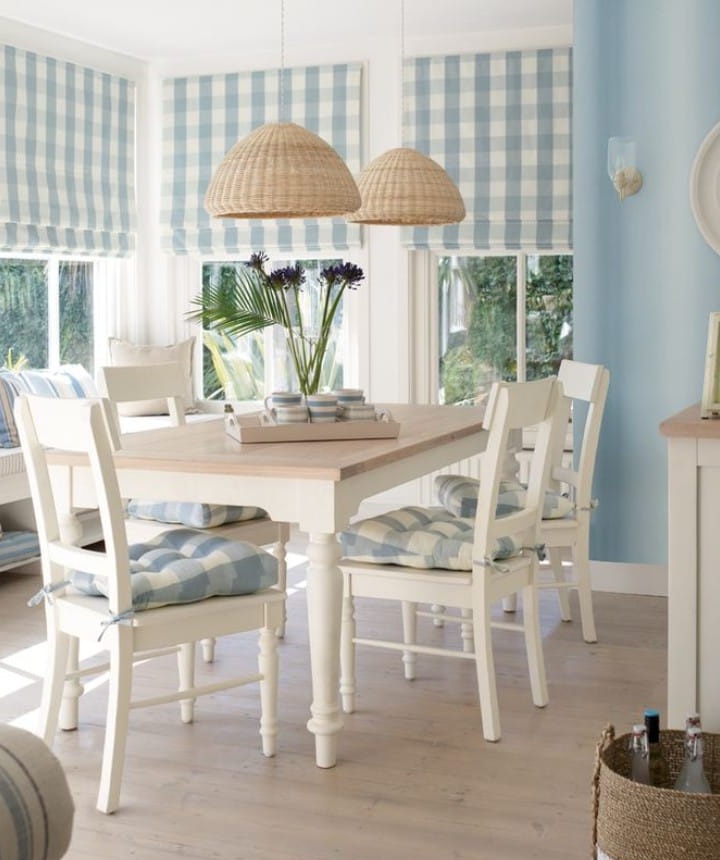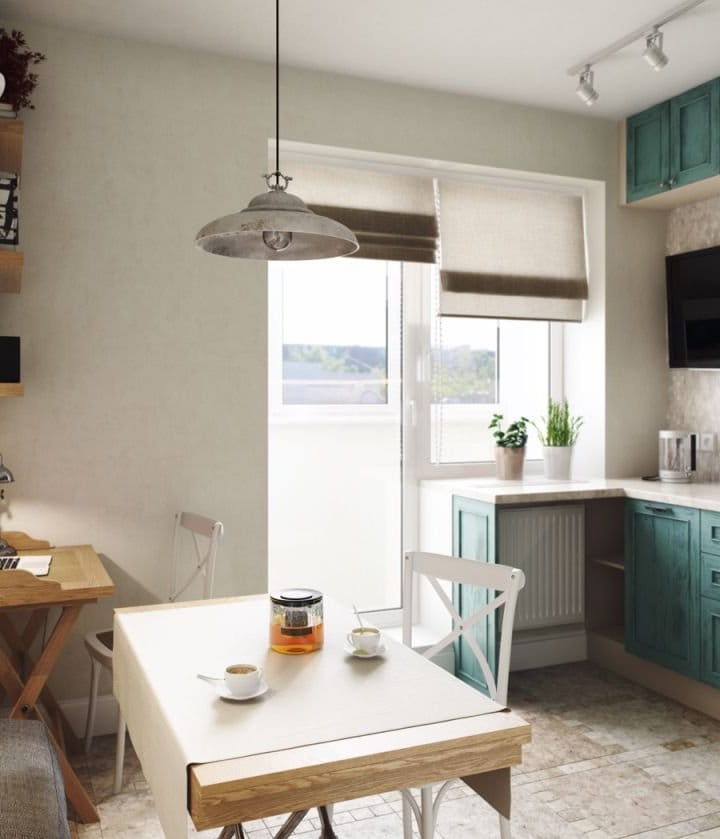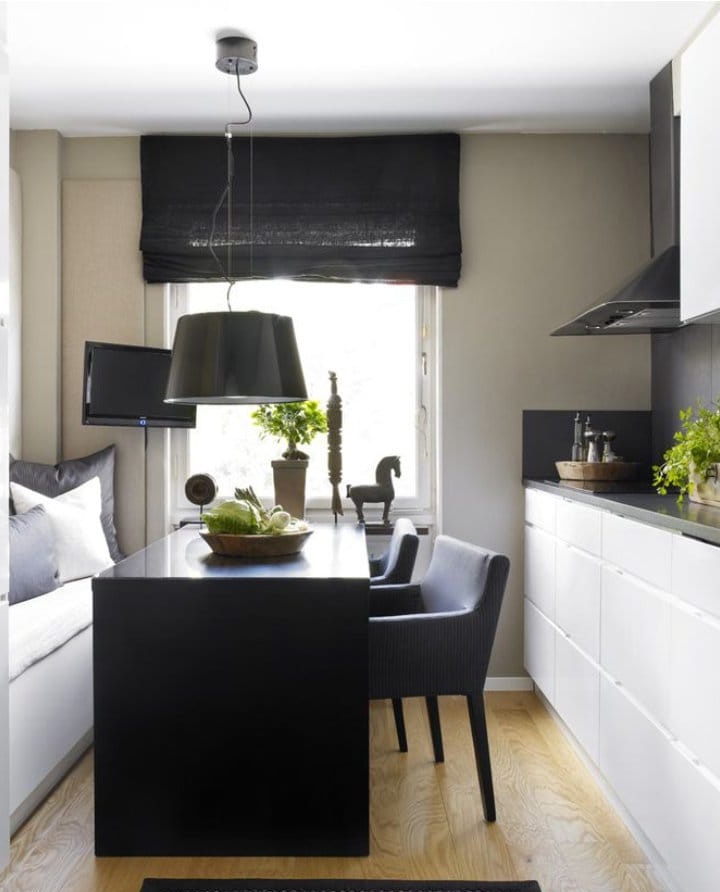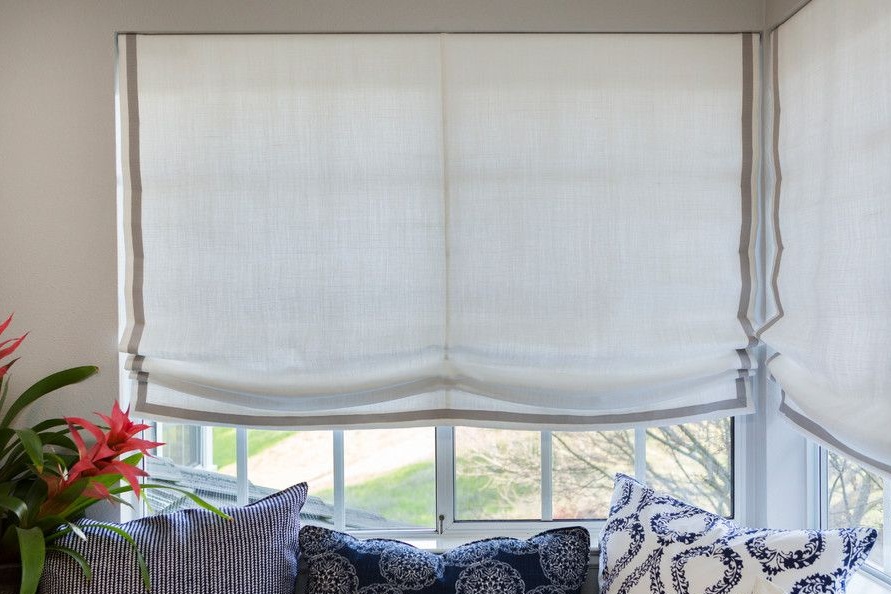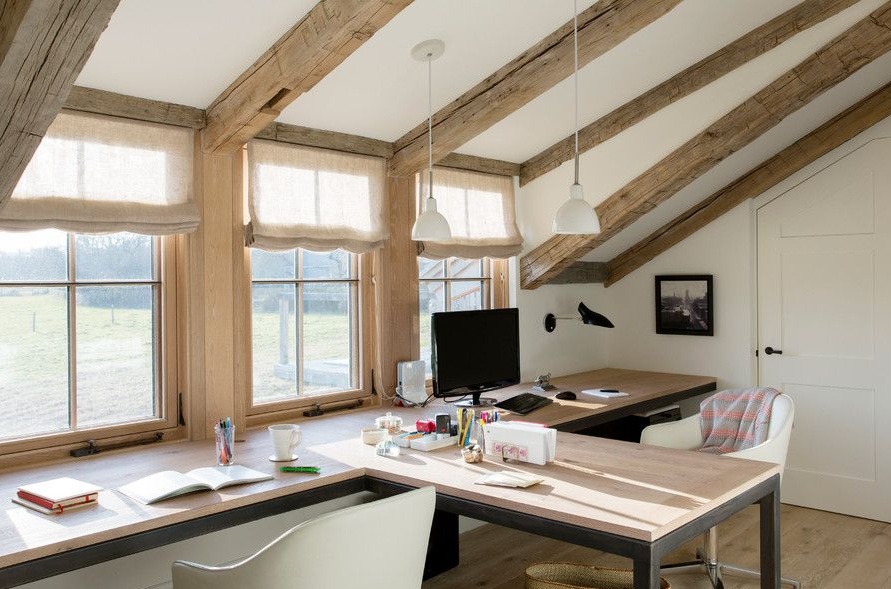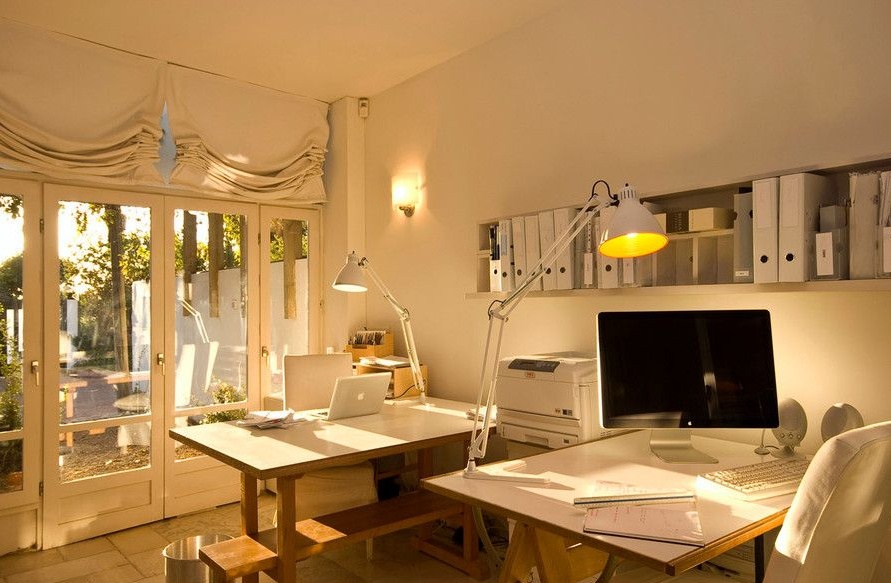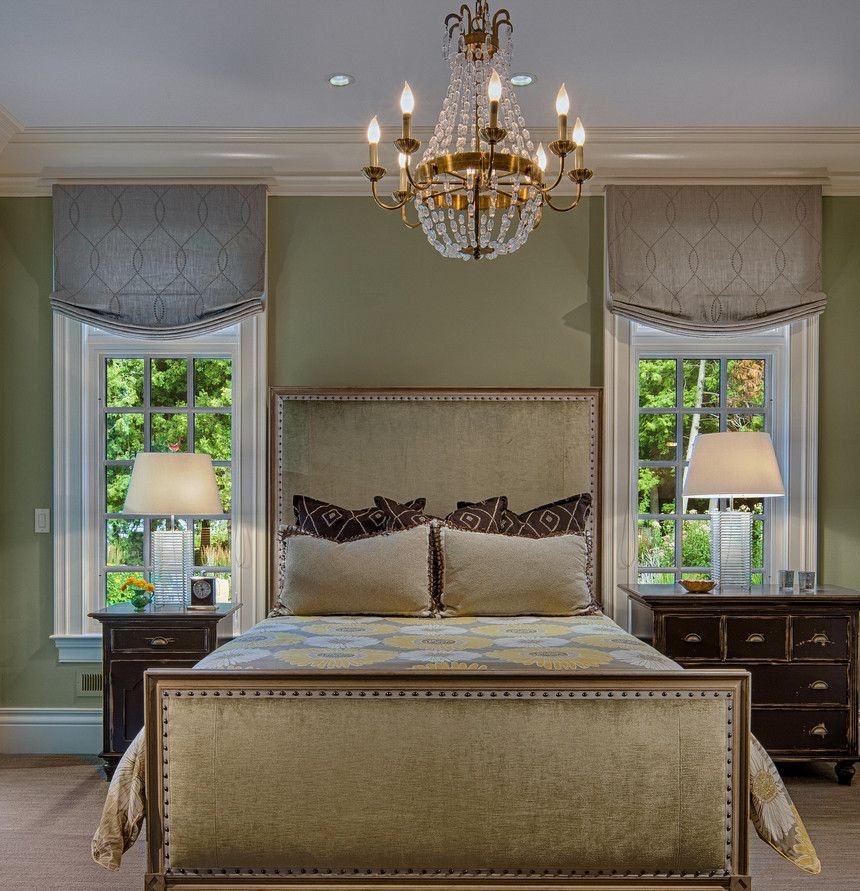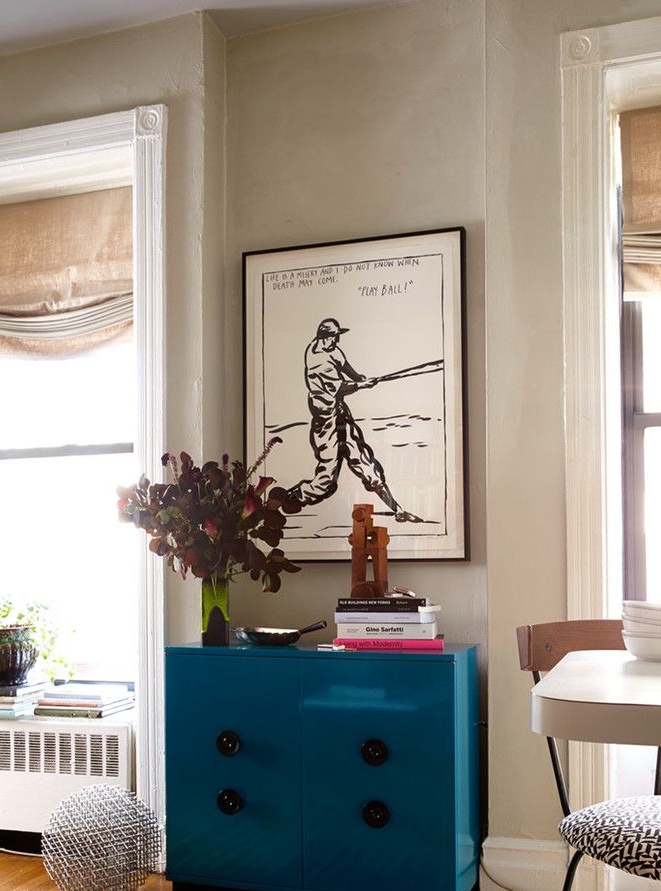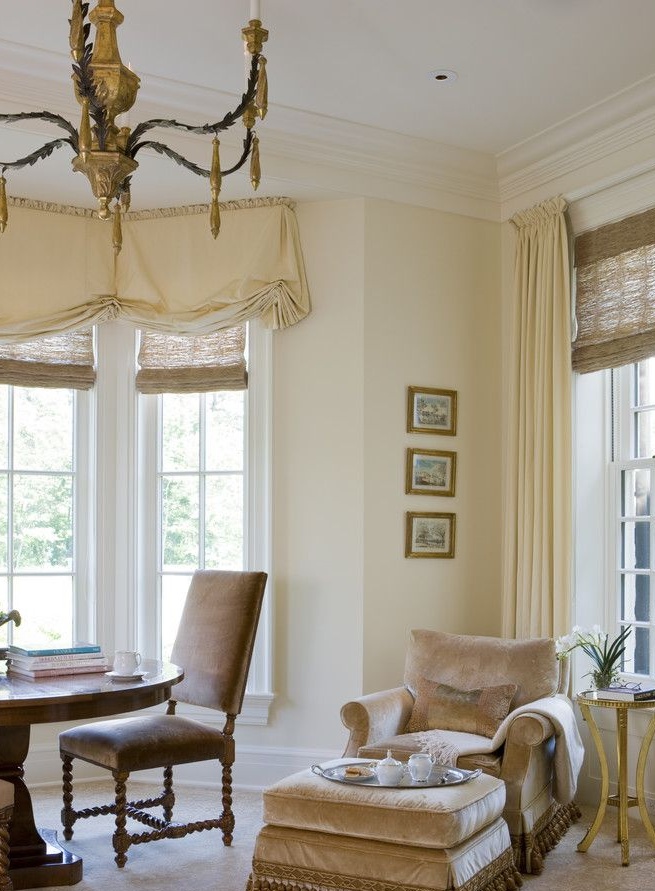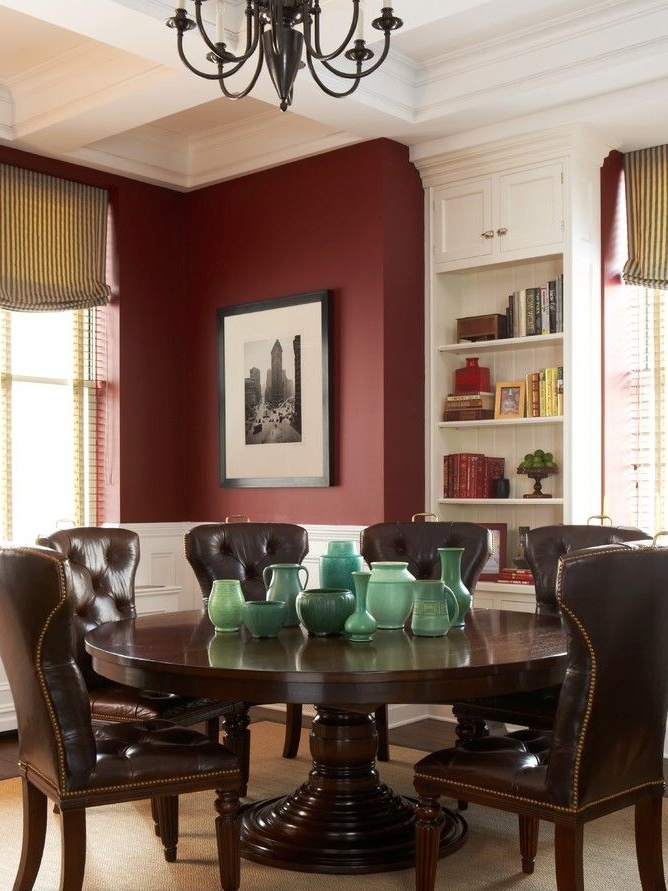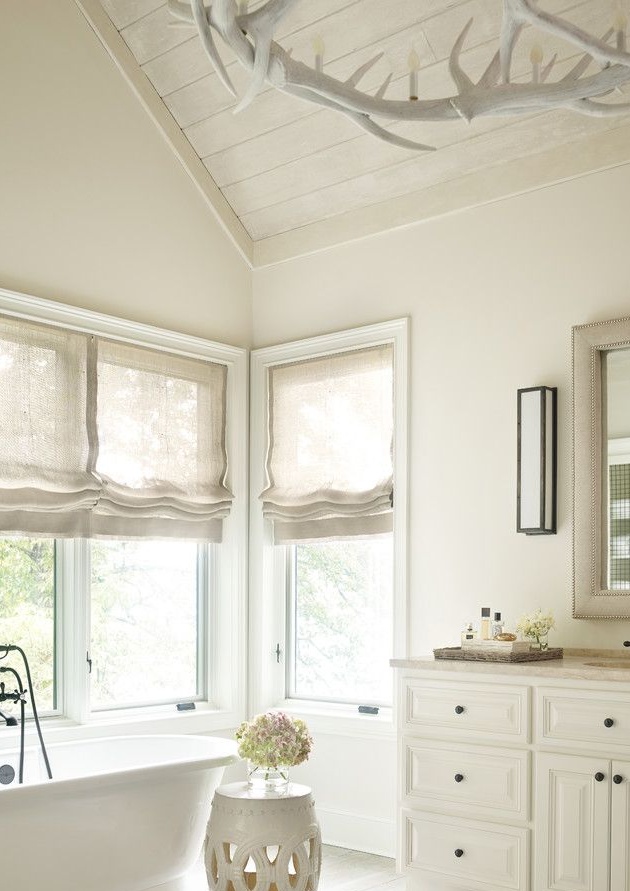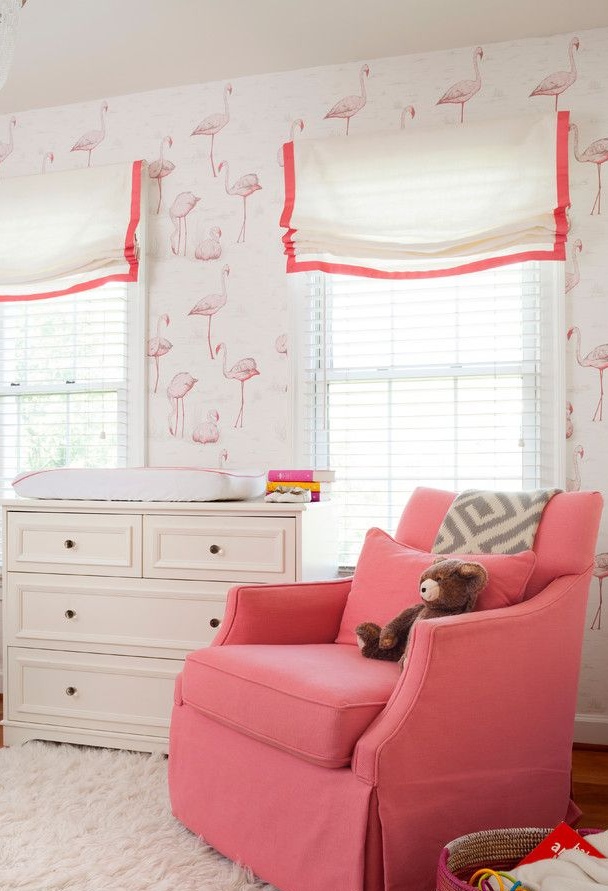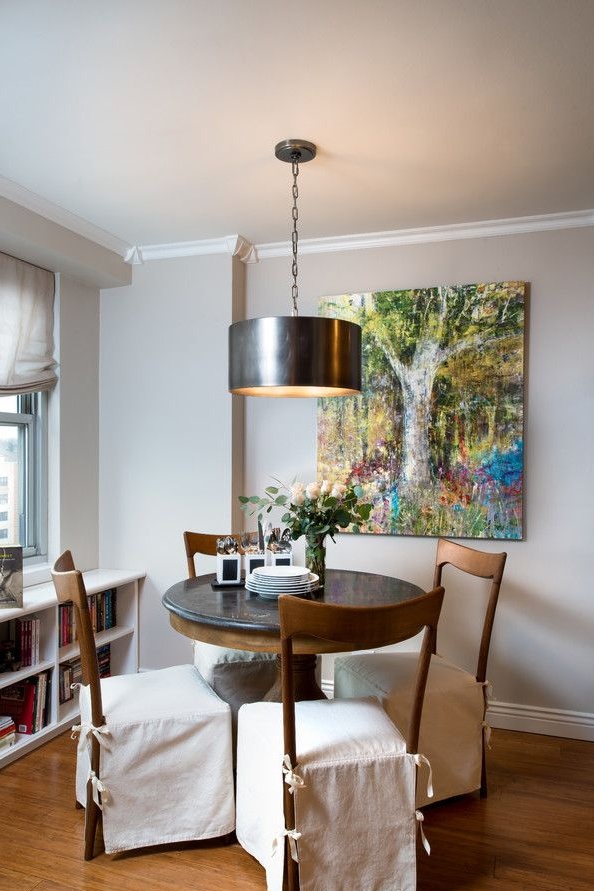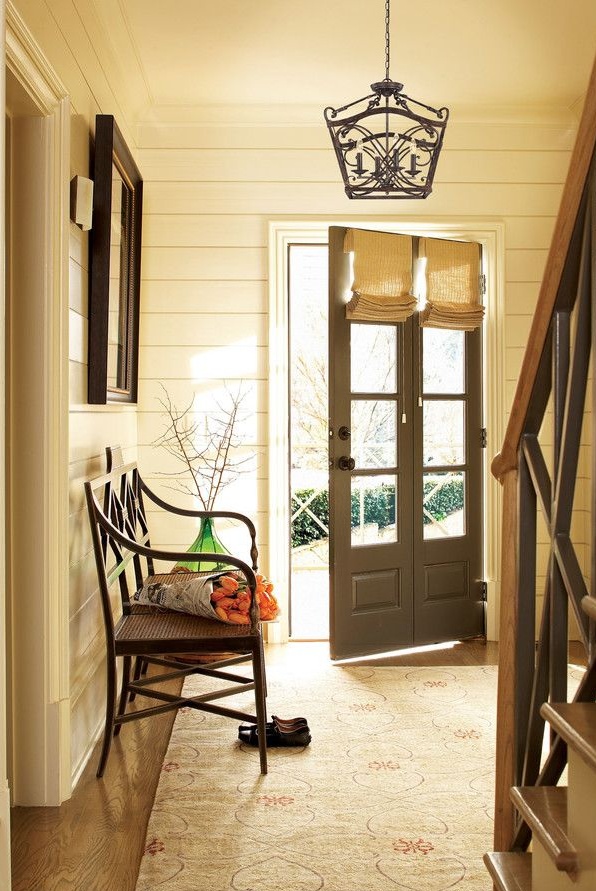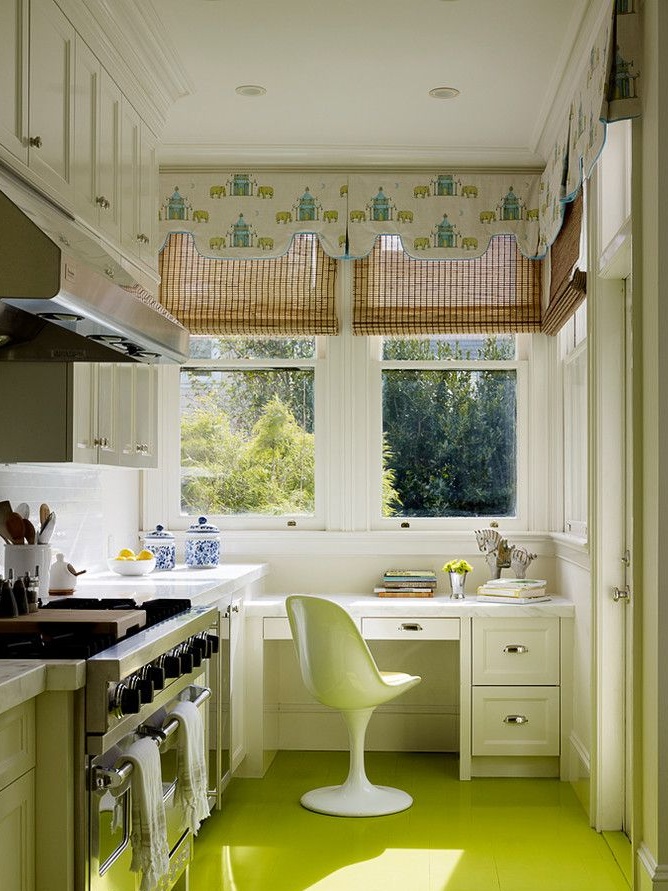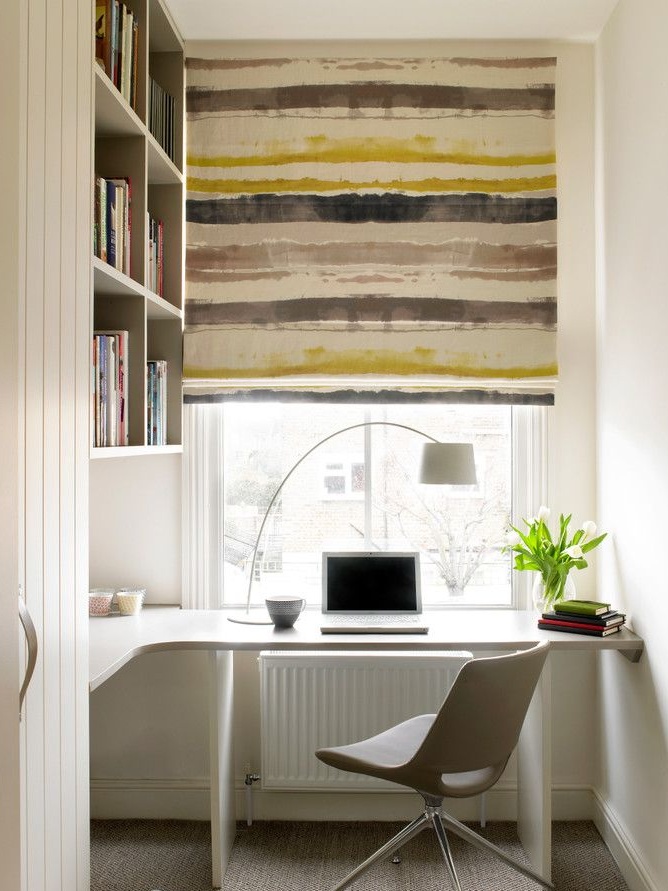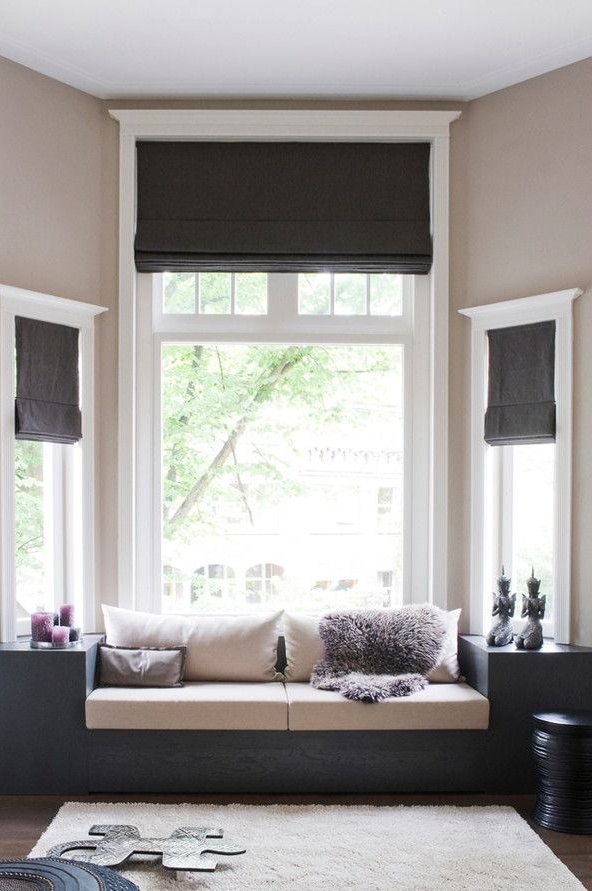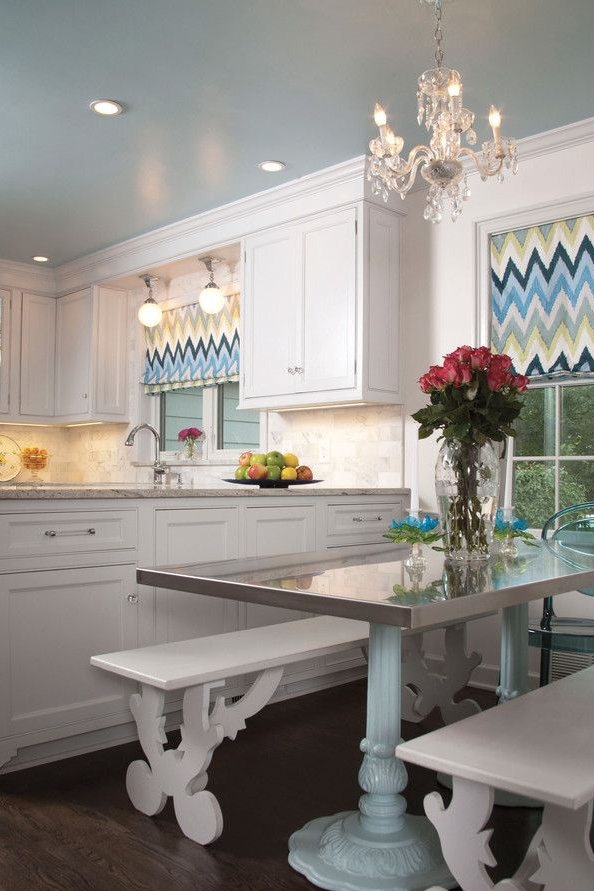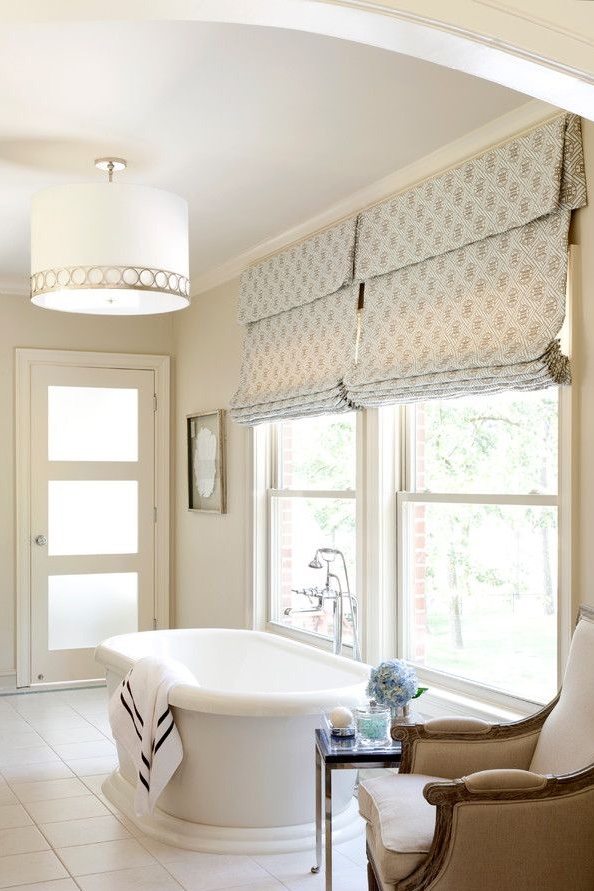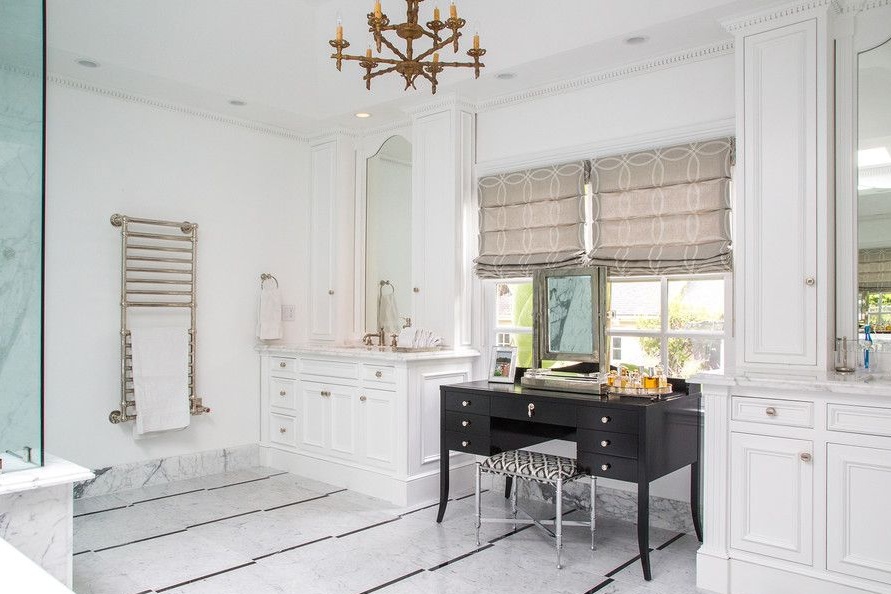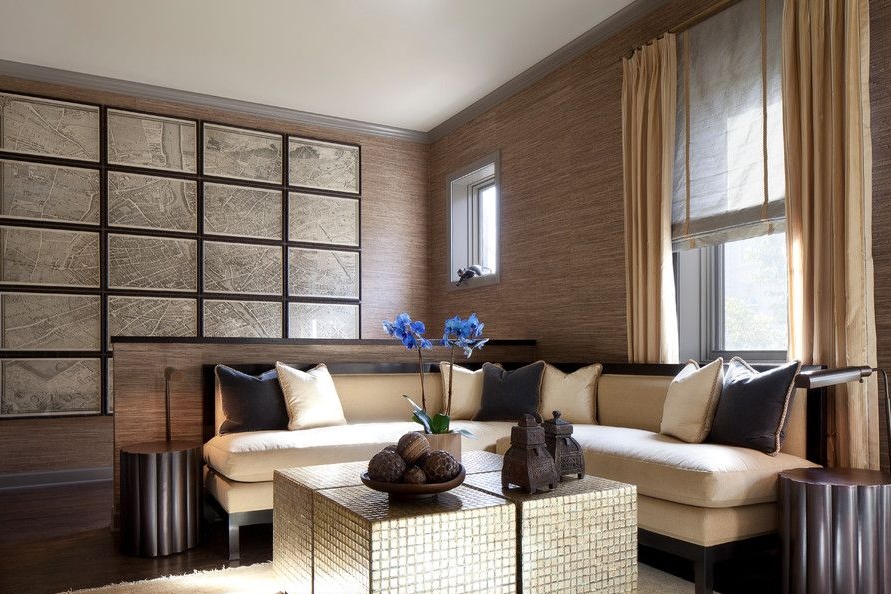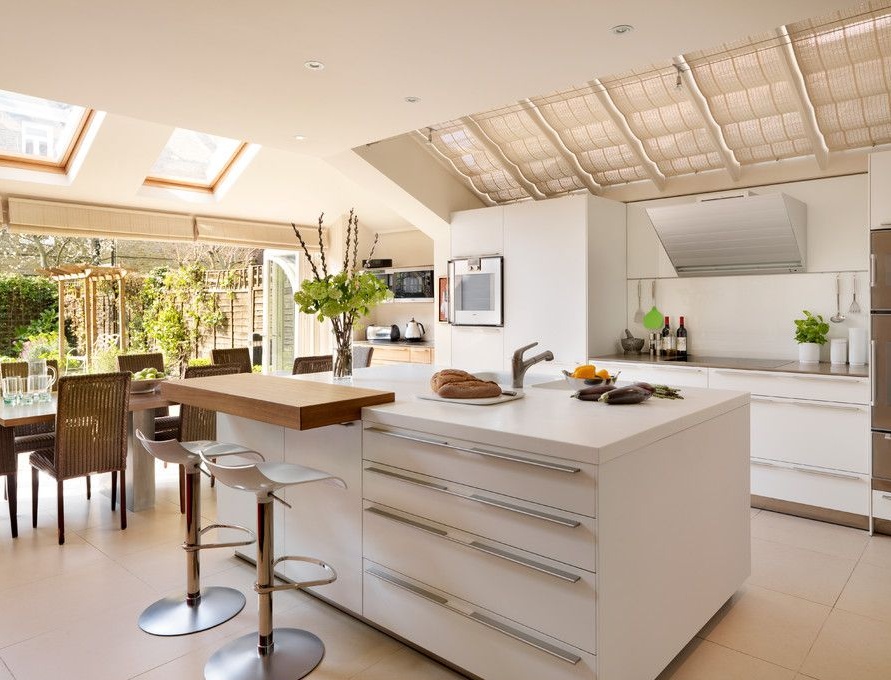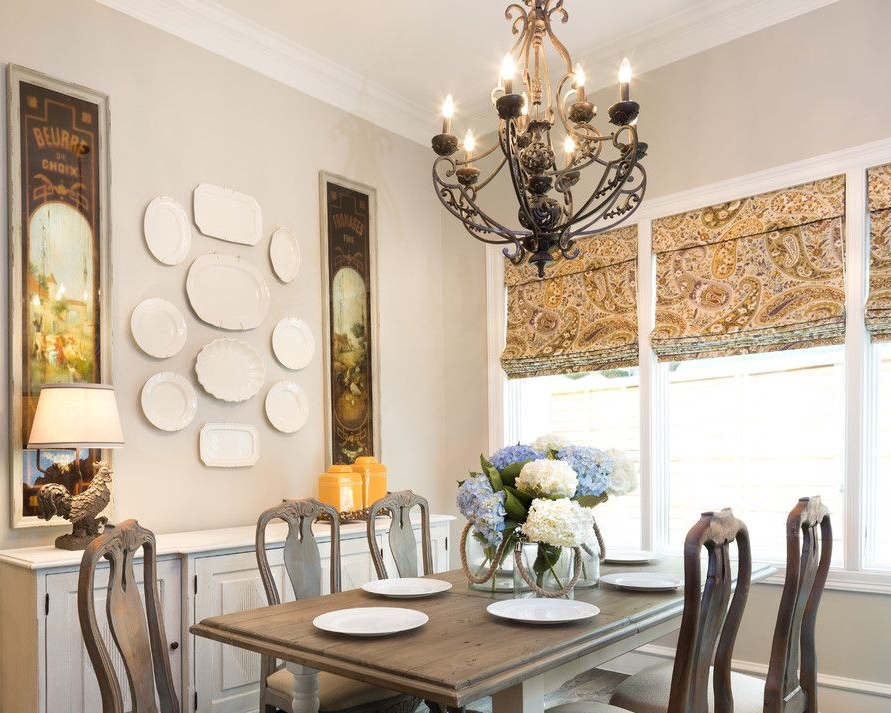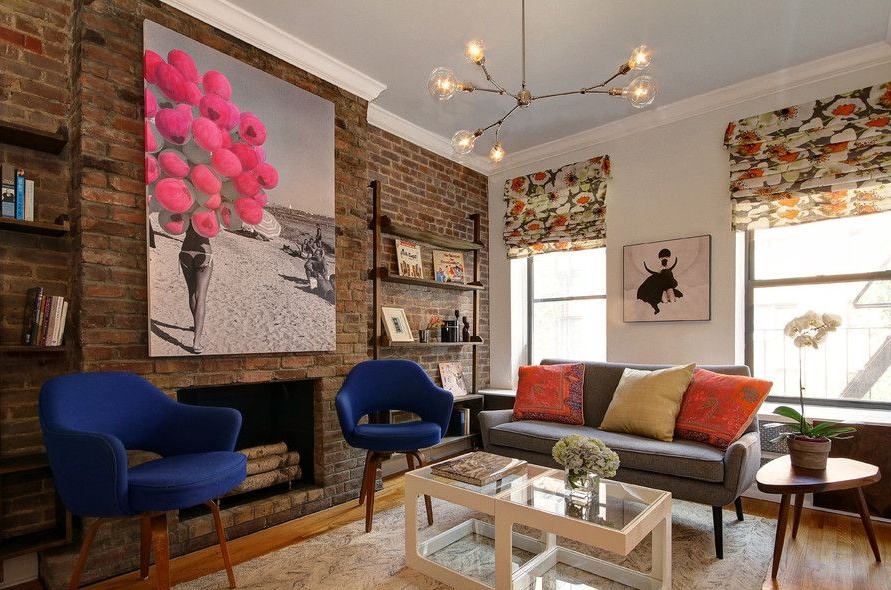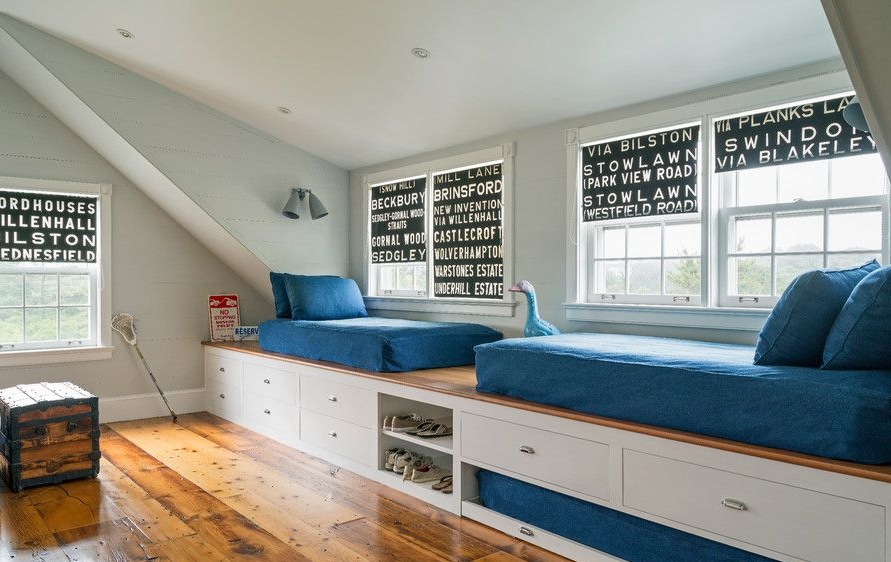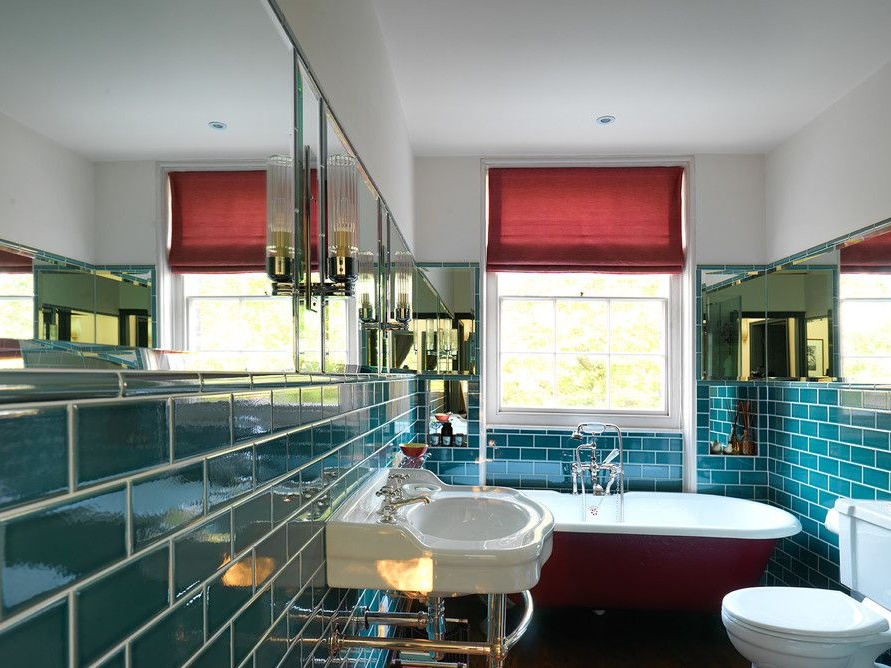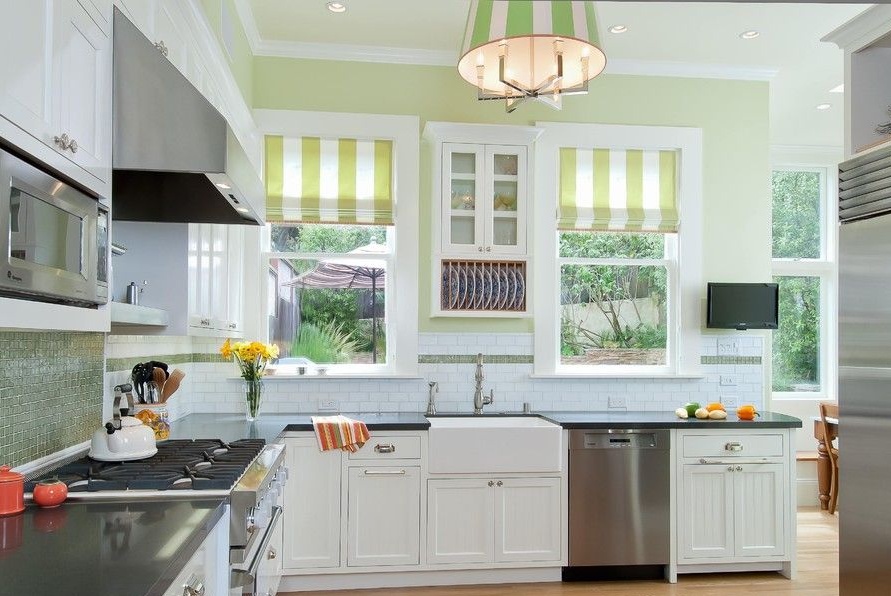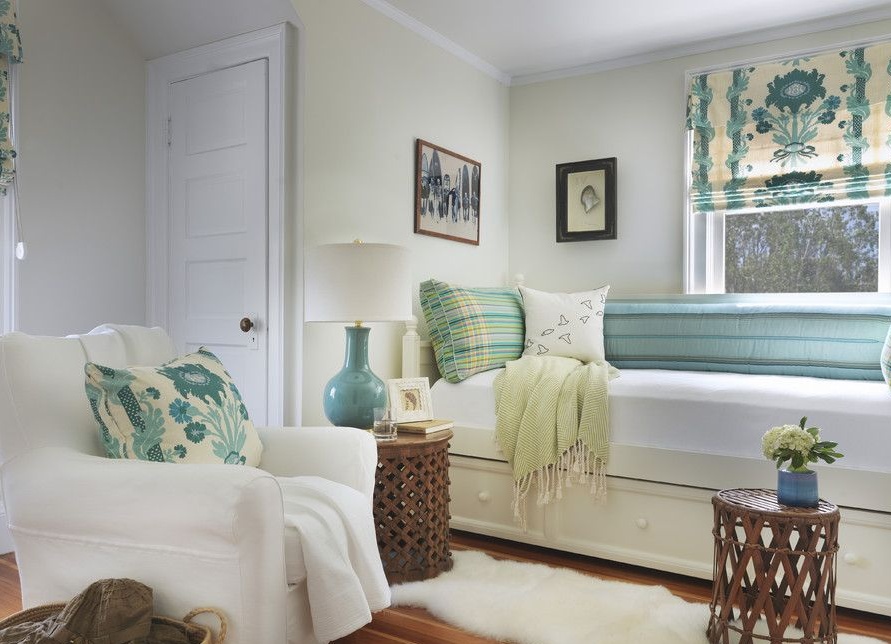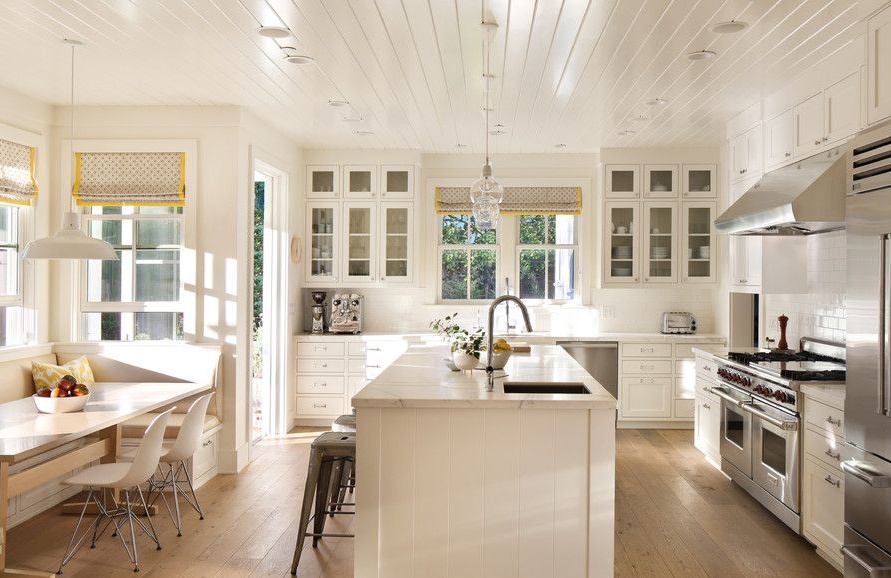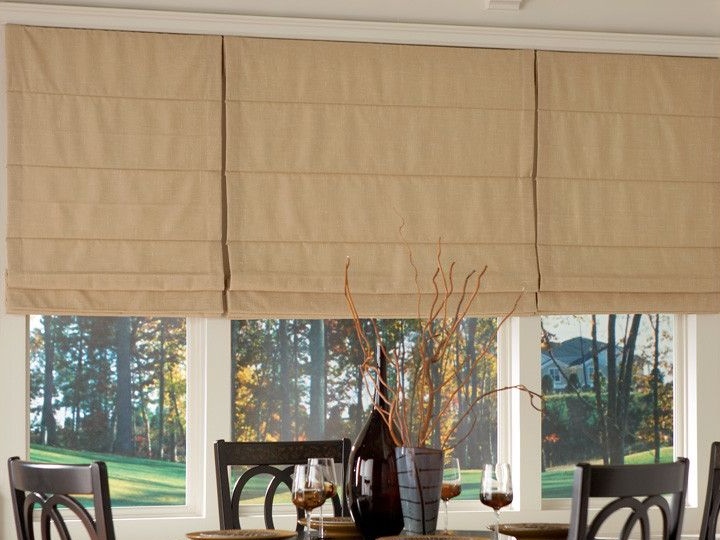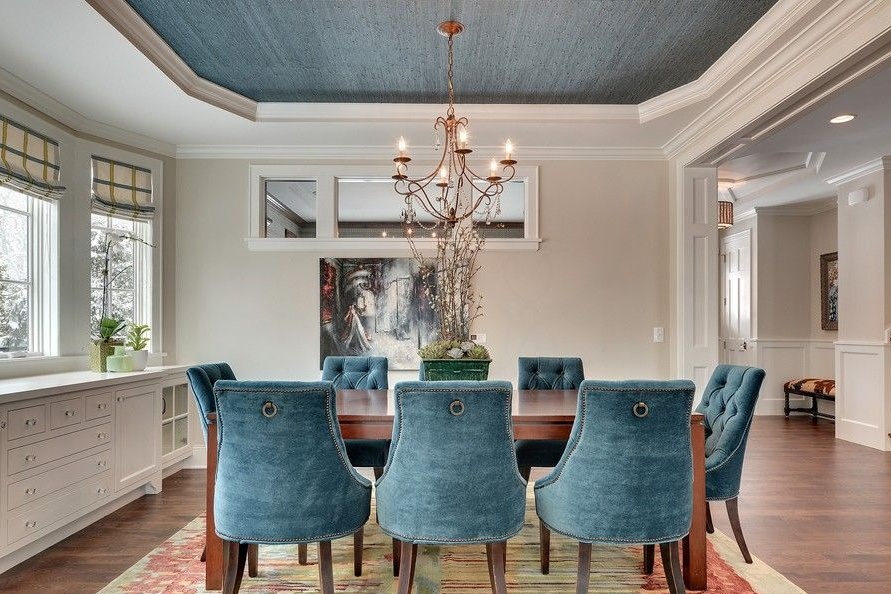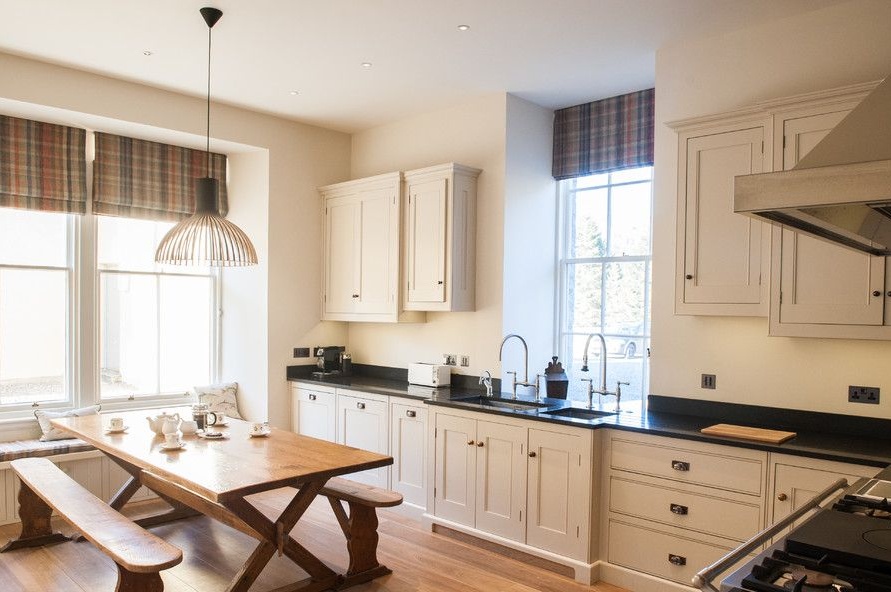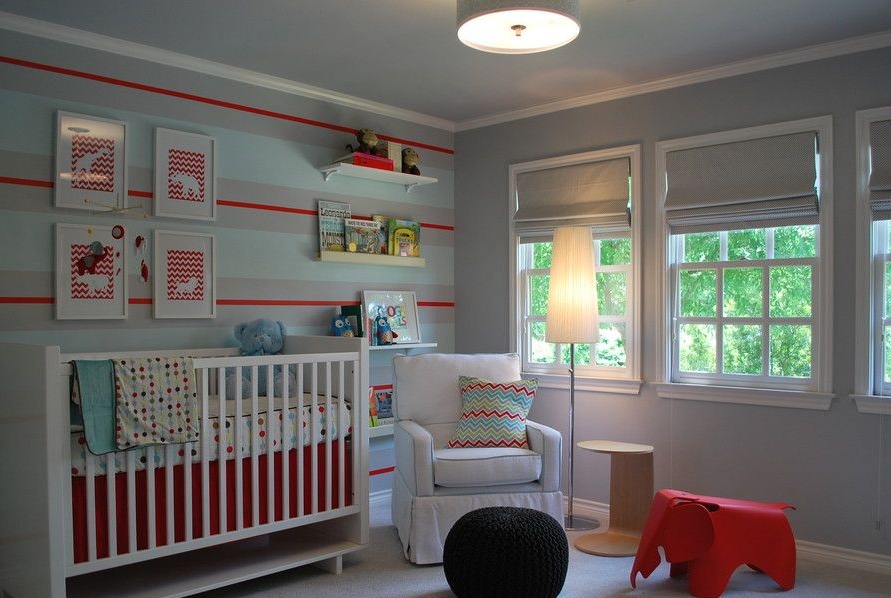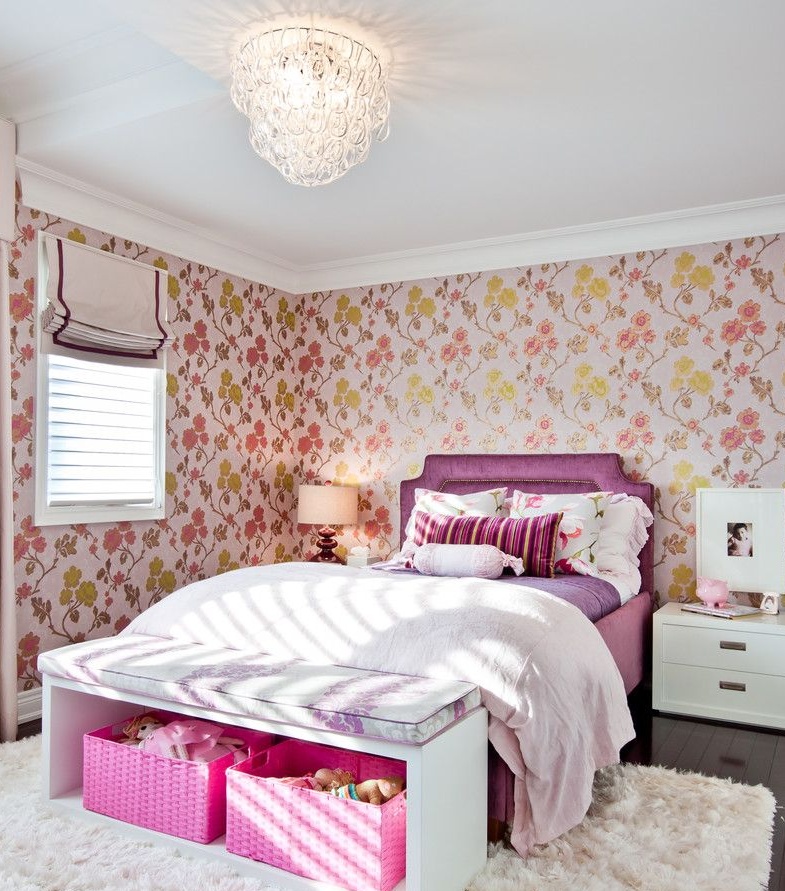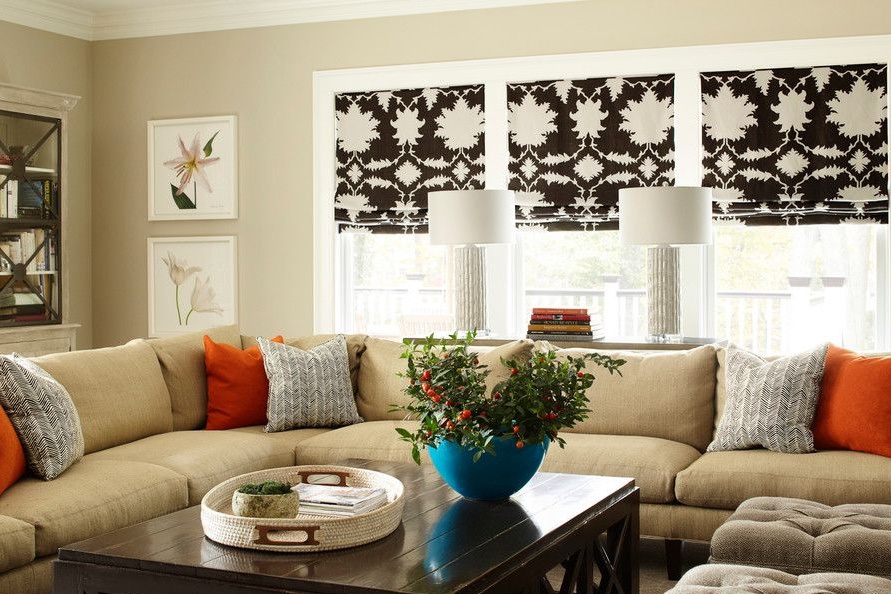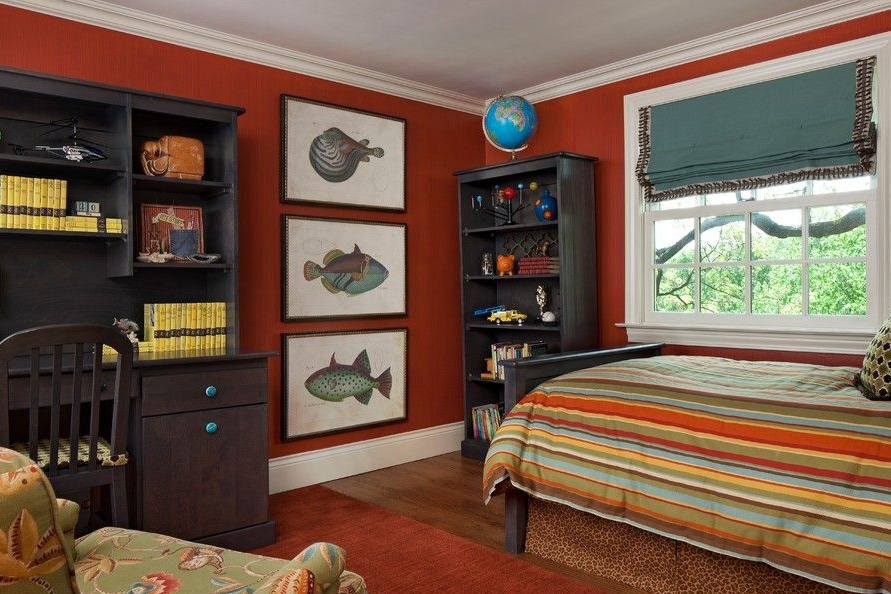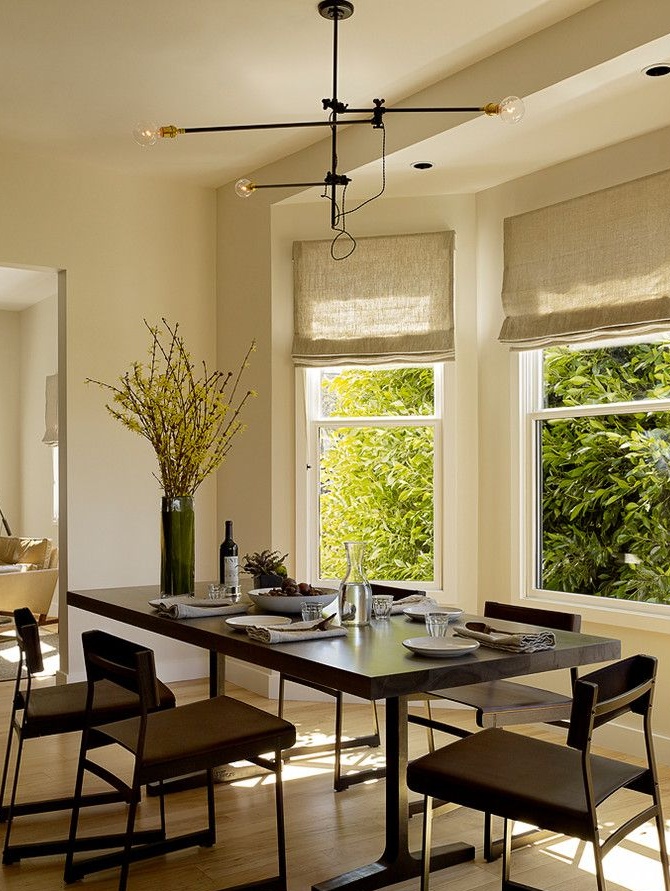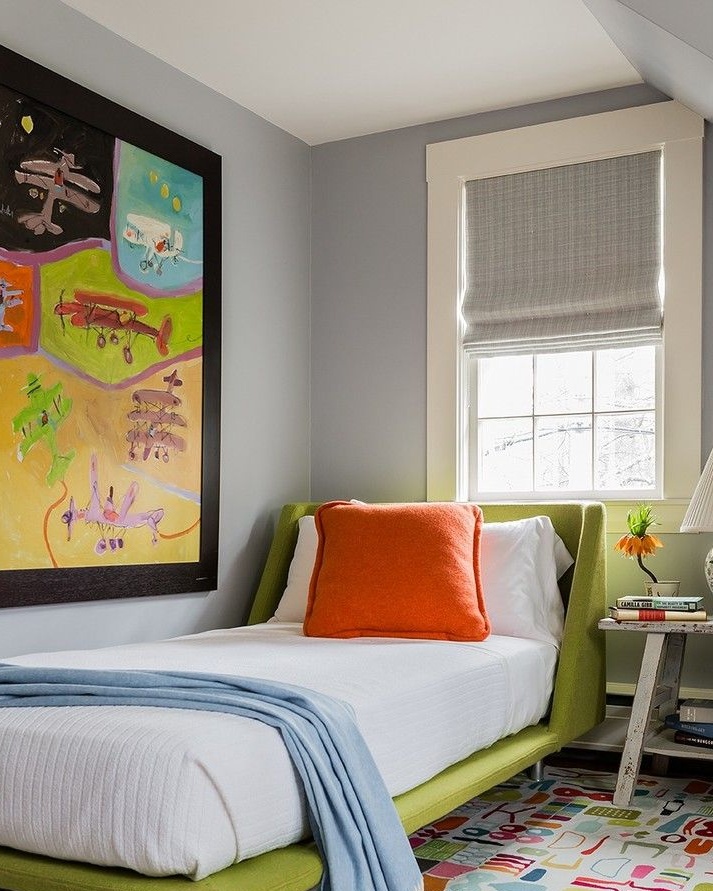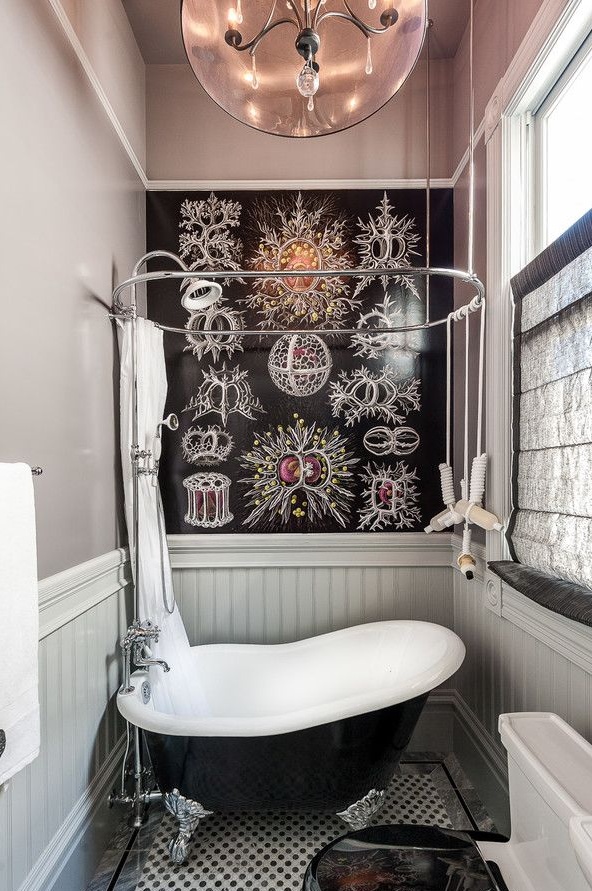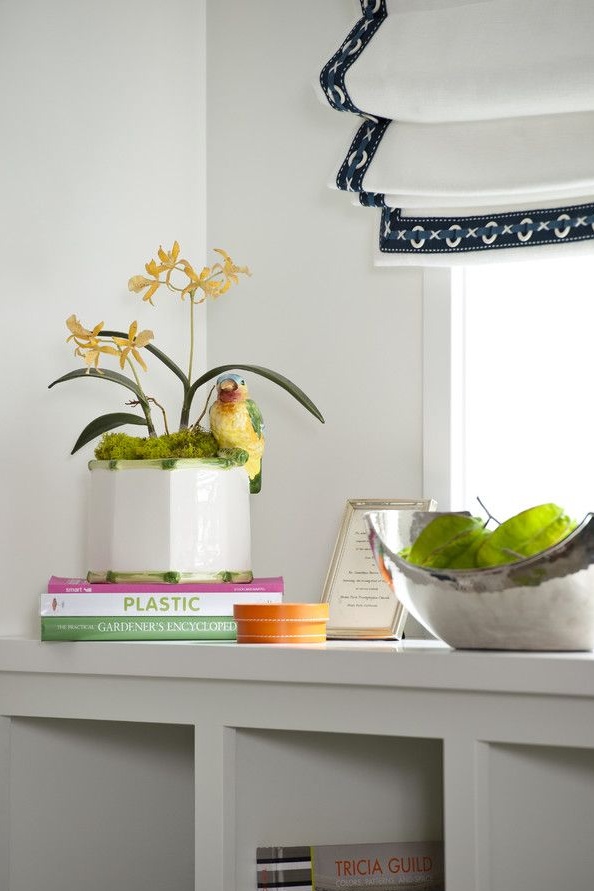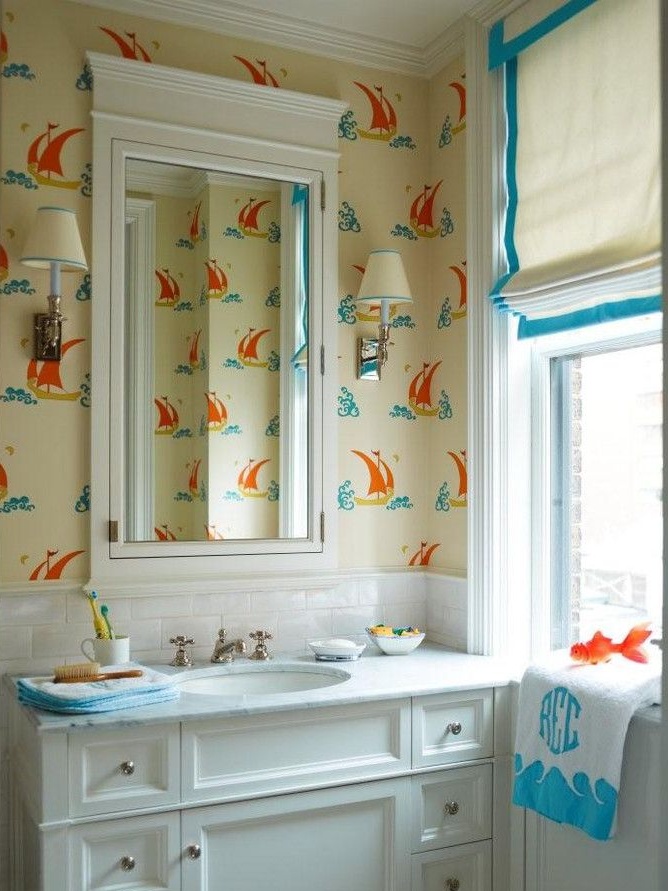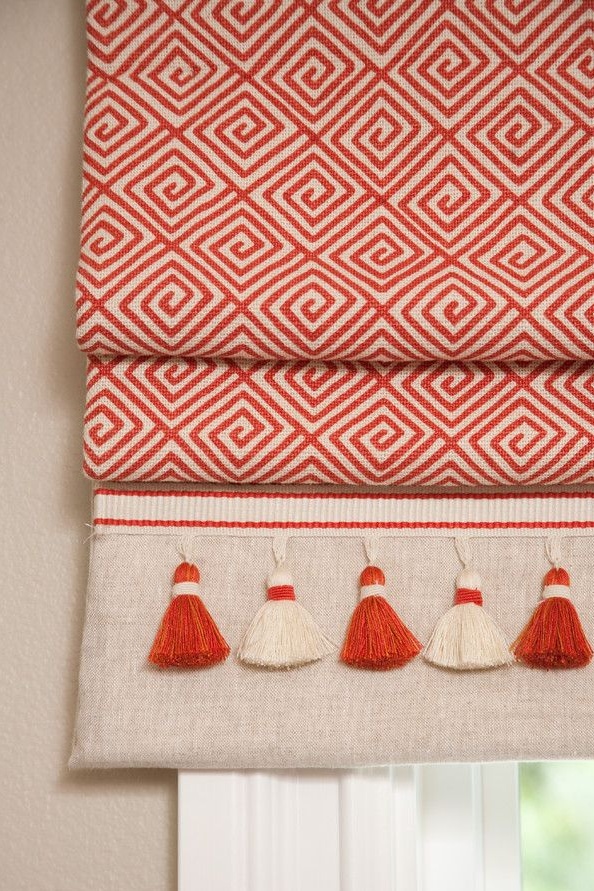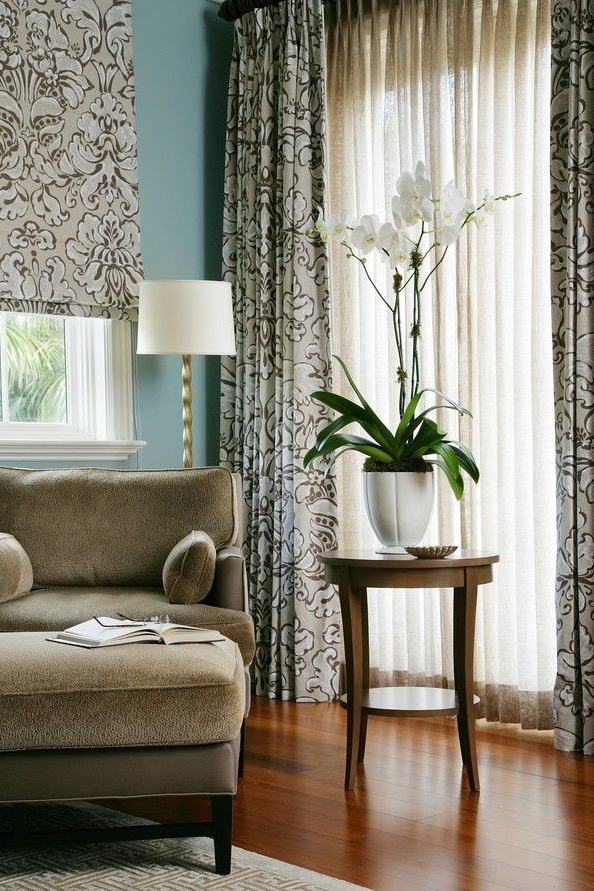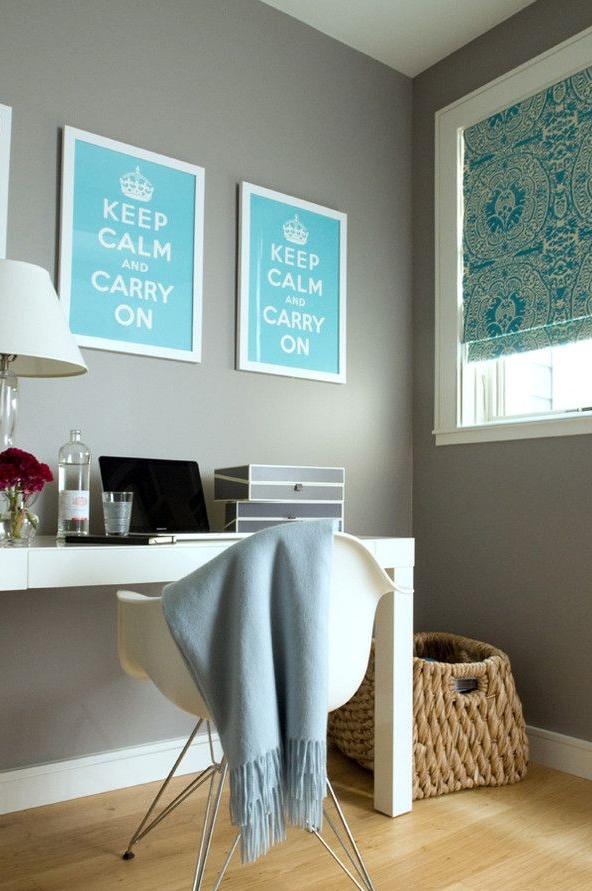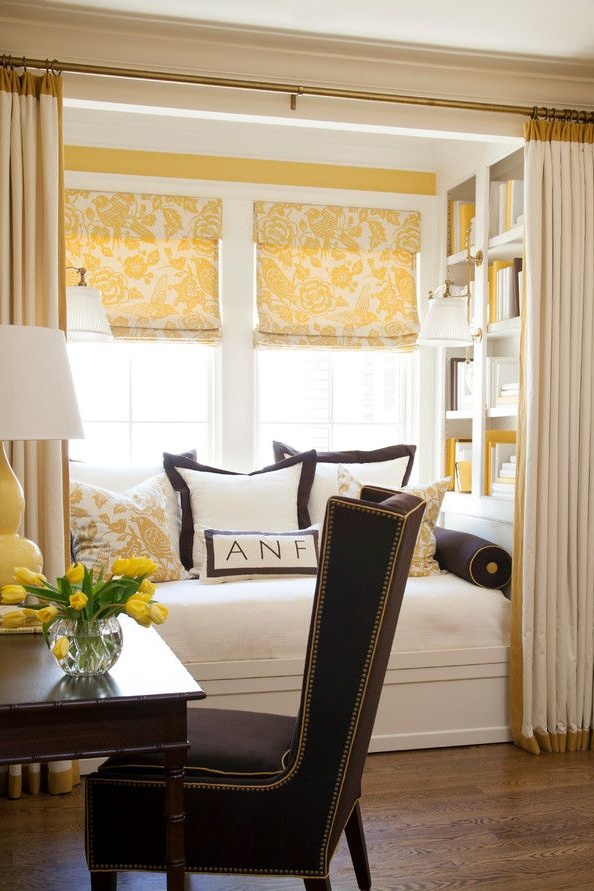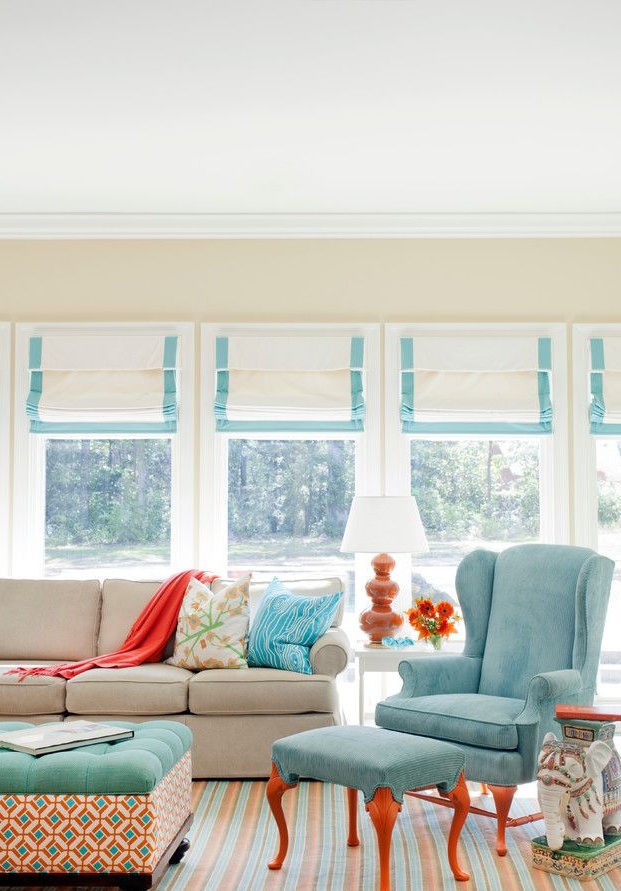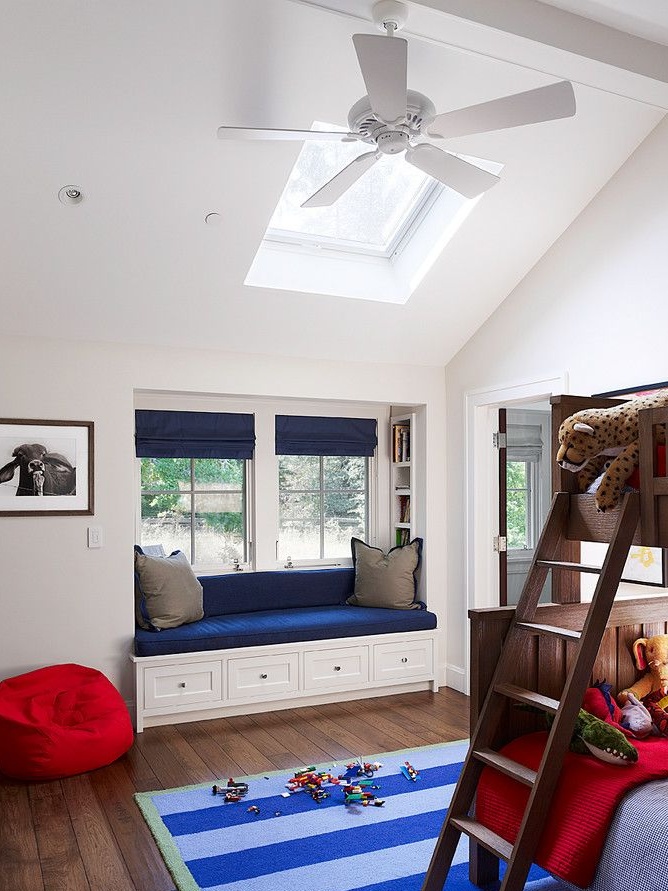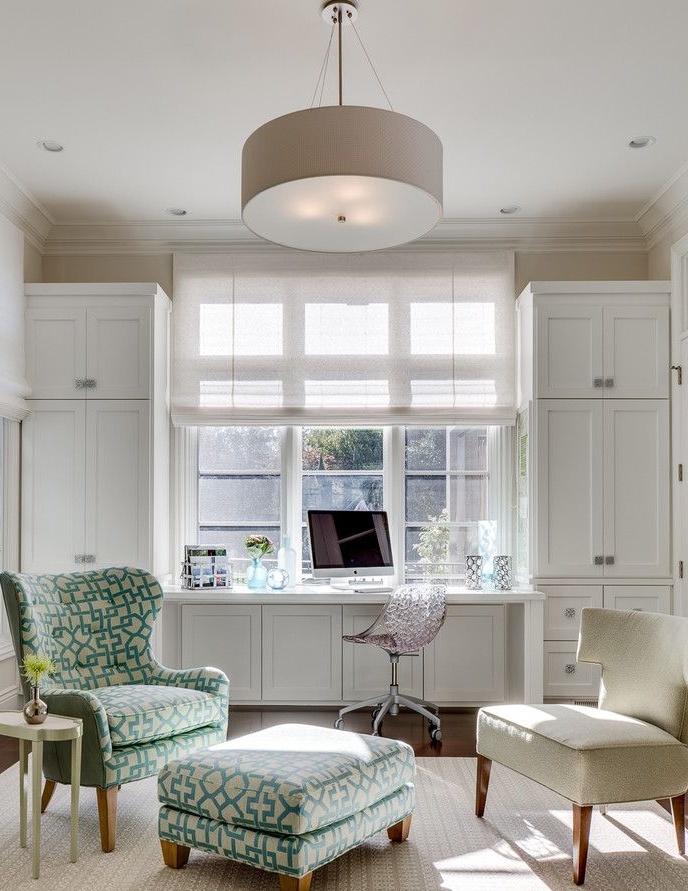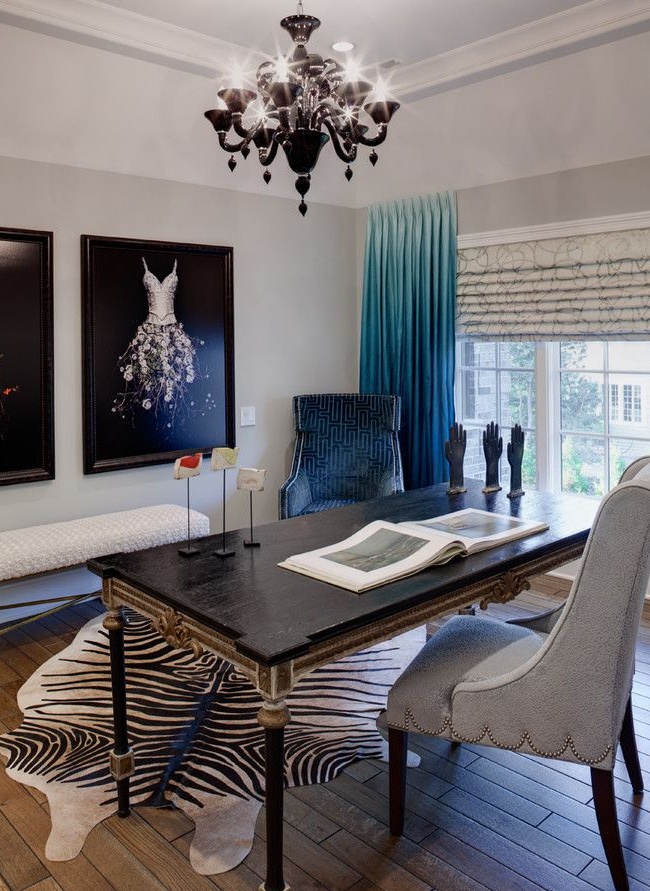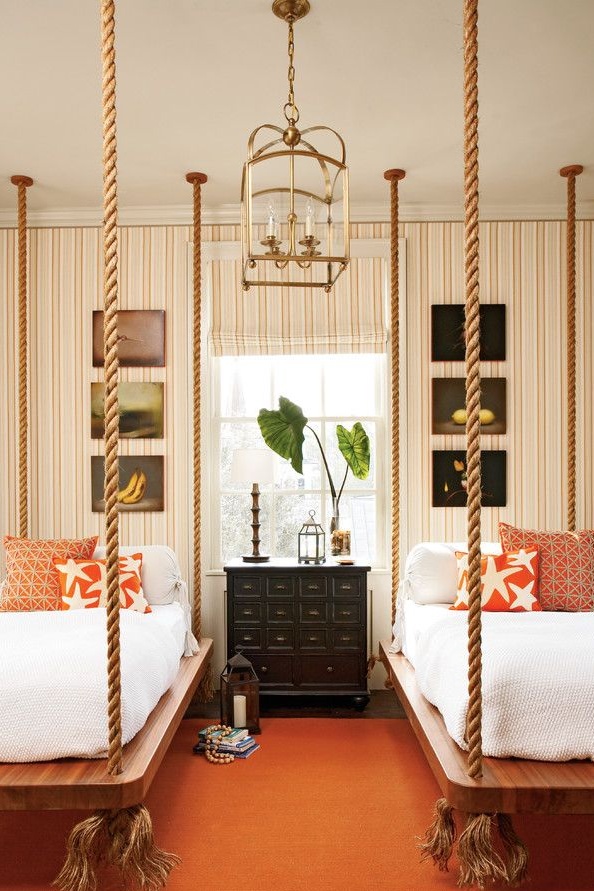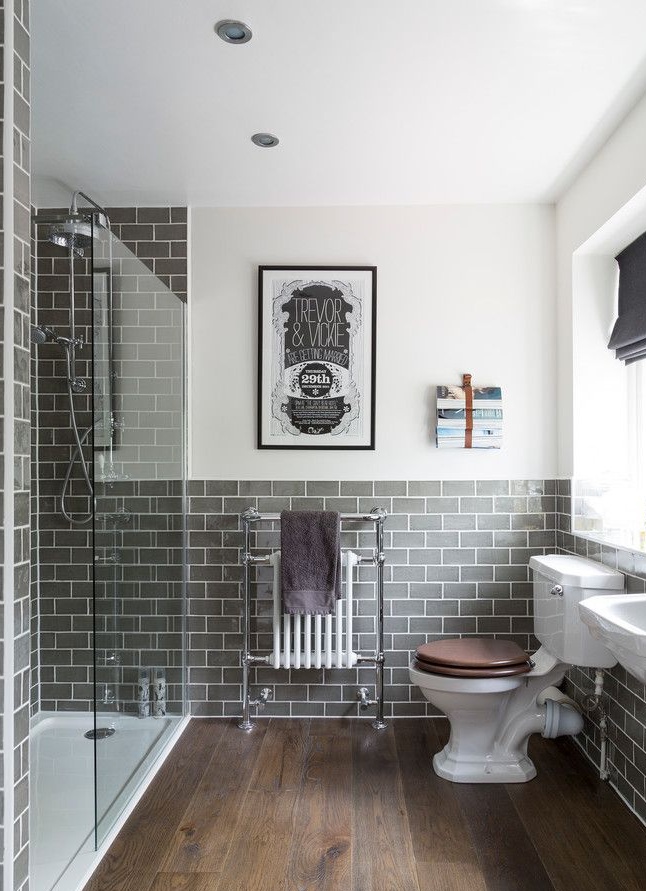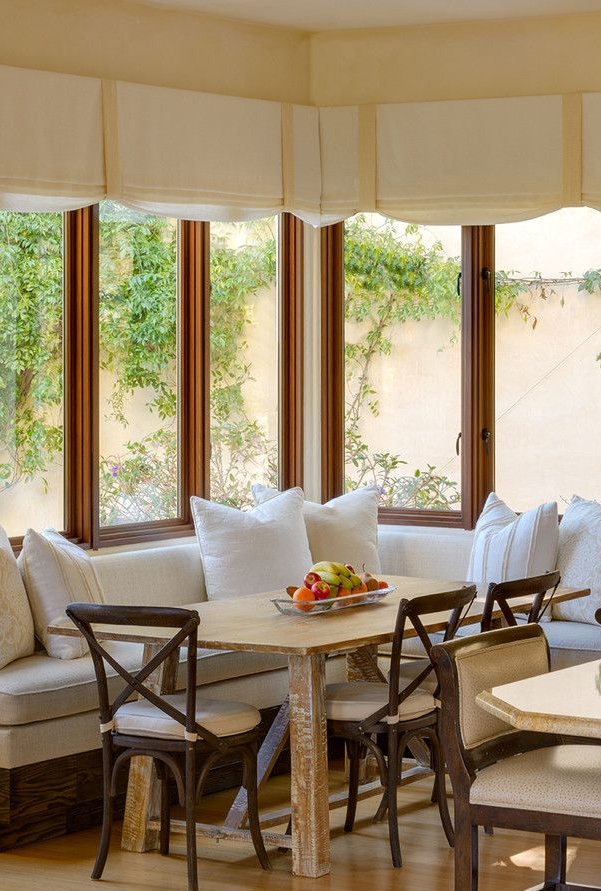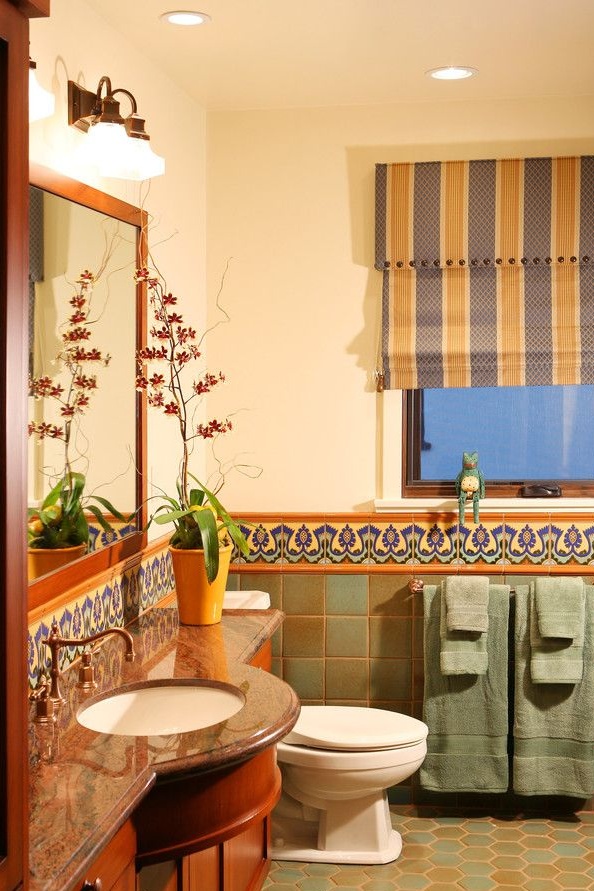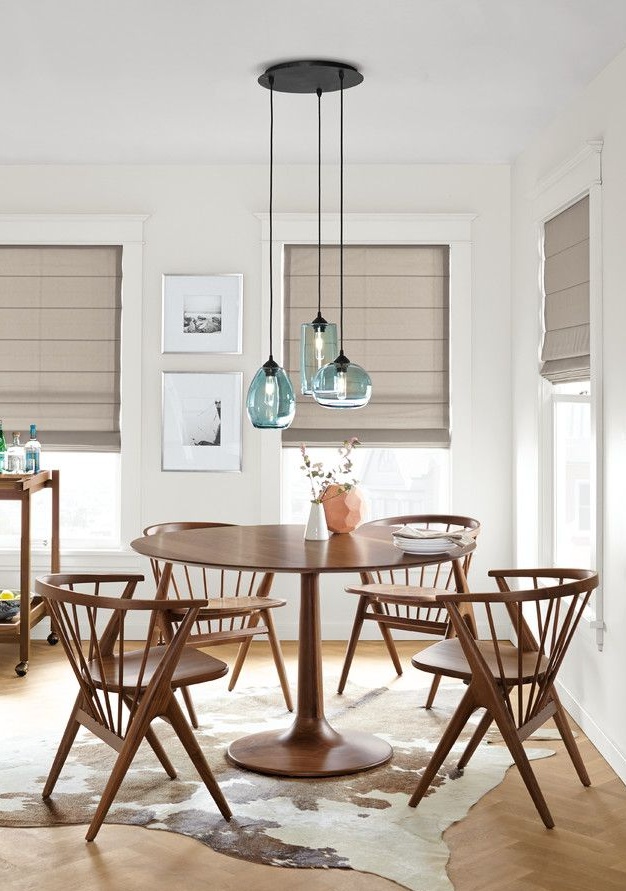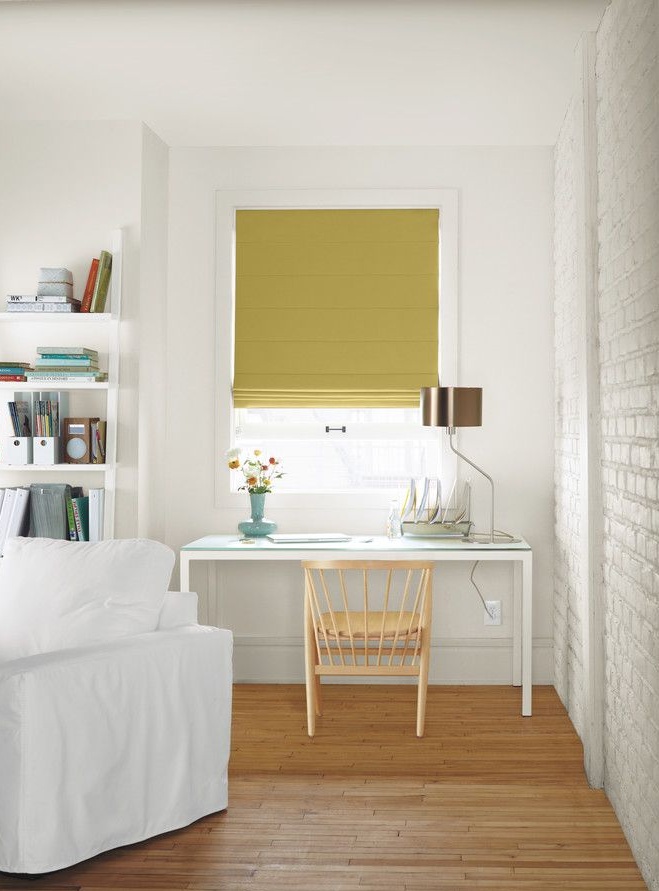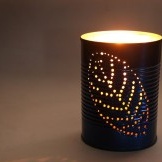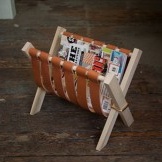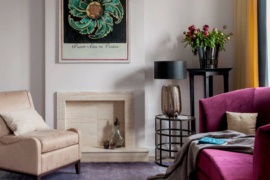Do-it-yourself Roman curtains: ideas and step-by-step workshops
Roman curtains always attract attention no matter in which room they are located. The thing is that they are completely different from other types of window decor. Despite this, they are quite simple to make even at home. Interested in? Then read on and you will learn the secrets of tailoring Roman curtains, especially the choice of fabric and much more.

Roman curtains: features and types
Every year, Roman curtains are becoming more popular. They are universal, so they can be used in almost every room. But still, most often they are purchased for offices, as well as for the kitchen. All because they are easy to use and do not require additional care. Due to the variety of colors, you can easily choose the option suitable for the interior.
As for the varieties, there are only two types of Roman curtains. Simple products in closed form are a flat cloth. In the open, they have uniform folds that overlap each other. Due to this, the curtains look quite simple, concise, but at the same time very beautiful.
In turn, cascading curtains are not completely aligned. Thus, they look like a light, elegant cascade on the windows. This option is often chosen as a decor for luxurious, classic interiors. But at the same time, they look great in a concise, light interior. Therefore, choosing the appropriate option is based on personal preferences.
Features of fabric selection
Before you go in search of fabric, we recommend that you study the features of the choice. This will help you choose the most suitable option, taking into account your own preferences.
Firstly, you should pay attention to how much the fabric stretches. Remember that a strongly stretching fabric will quickly lose its appearance and will only spoil the interior. Curtains made of fabric with a rather dense weave look much better. It is believed that this is ideal, since such products have high wear resistance and over time their appearance does not change.
The next thing to consider when choosing is the presence of a print. The fact is that Roman curtains made of translucent fabric have recently become popular. Due to this, the very lightness and tenderness in interior design is created. But if you want, you can stop the choice and more dense options. In this case, the plain fabric is suitable for concise, minimalistic rooms. In turn, a fabric with a multi-colored pattern is more suitable for a classic design or in the style of Provence.
It is also worth considering that for sewing Roman curtains you need to purchase not only the main dense fabric, but also the lining. Due to this, it is better to drape, and the fabric does not fade from the outside. The only exception is tulle curtains, as they are quite thin and the lining will be inappropriate.
Roman curtains: master class number 1
In fact, making Roman curtains with your own hands is not as difficult as it might seem at first glance. In the process, you will need the following:
- dense fabric for curtains;
- jalousie;
- adhesive tape;
- iron;
- gauze;
- a piece of chalk;
- fabric glue;
- scissors;
- brush;
- ruler;
- roulette.
First, cut off the fabric of the required size, taking into account allowances. We smooth it with an iron at a low temperature.
We proceed to the processing of lateral sections of the fabric. To do this, we turn the edges a few centimeters and put adhesive tape between the layers. We fix using an iron, but through gauze. We repeat the same thing on the second side cut and the bottom of the curtain. 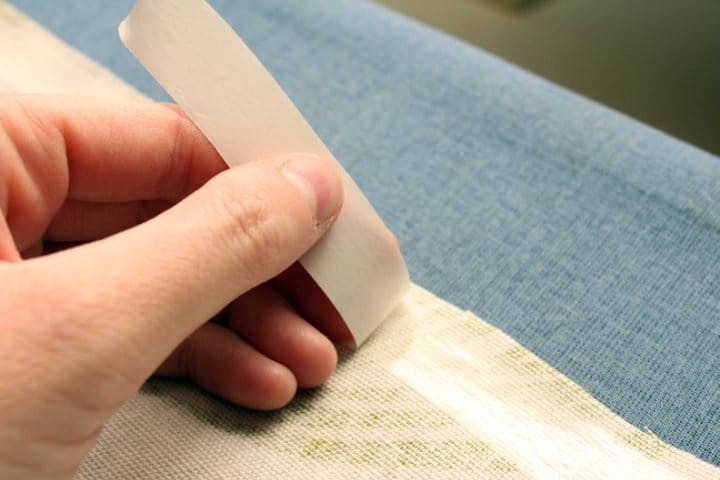
Leave the fabric and start working with the blinds. The main task is to shorten them a bit and remove unnecessary details. To do this, cut the rope that connects them together.
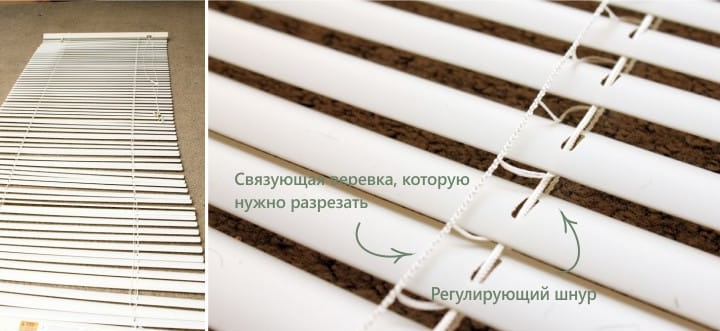
Carefully take out the cut rope.Thus, parts can now be freely moved.
We calculate how many details must be left. It depends on the size of your window. Next, take out the plastic part, as shown in the photo. We untie the knot and remove the excess parts.
Only after that we adjust the length of the cords based on the size of the window. We knot the knots on each of them and attach the plastic part back.
On the front part of the cornice we apply glue for the fabric and attach the curtain, slightly wrapping the raw cut for the cornice.
We distribute the details of the cornice on the fabric. To make it more accurate, use a centimeter and make marks with chalk. Only after that we glue the fabric to the details of the cornice.
We turn the bottom edge of the curtain and glue it to the weight bar, as in the photo. A beautiful, original curtain is ready!
Roman curtains: workshop № 2
For those who have at least a little experience in sewing, we suggest making a more complex version of the Roman curtains with their own hands.
We will need:
- sewing machine;
- fabric for the front side and lining;
- cornice for roman curtains;
- weighting agent;
- rods for the frame;
- scissors;
- threads
- pencil;
- needle;
- Velcro tape
- pins
- ruler.
First you need to measure the window and determine what size the curtain should be. After this, you need to calculate the number of folds of equal height. Also note that there should be a few centimeters for allowances on each side of the curtains. Lining size should be the same.
When all the calculations are done, cut off the lining and smooth it with an iron. 
We lay out the workpiece on the working surface, bend 2 cm on each side and iron it with an iron.
Using a ruler and a pencil, make marks where the rods will be. It will be a kind of pockets for them.
We bend the fabric and flash the pocket. Repeat the same for each twig.
Getting started with the front side. To do this, we lay it out on a work surface and smooth it well. We bend the edges on each side and again process it with an iron.
We sew Velcro tape to the main fabric so that the curtain can be removed from the cornice.
Put the lining on top of the main fabric and fix it with pins.
We bend the main fabric from the bottom edge to get a pocket for a weighting agent. Cover it with a lining on top.
We sew two fabrics together by hand or on a sewing machine.
We process corners, but you need to do this so that there is a place for a weighting agent.
We bend the top of the curtain and sew.
We make marks where the rings should be sewn.
We insert all the rods into special pockets.
Sew rings to the curtain from the cornice.
We attach the curtain to the ledge with Velcro. We thread the threads into rings, and simply tie the edges into knots.
A beautiful do-it-yourself curtain is ready! 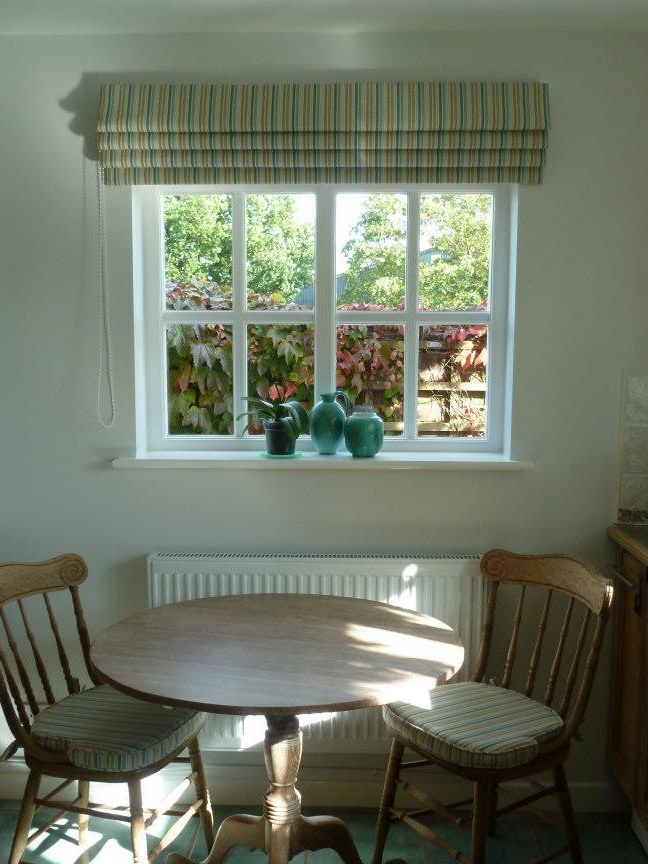
Roman curtains - a great solution for those who love minimalism and not too bulky decor for windows.

